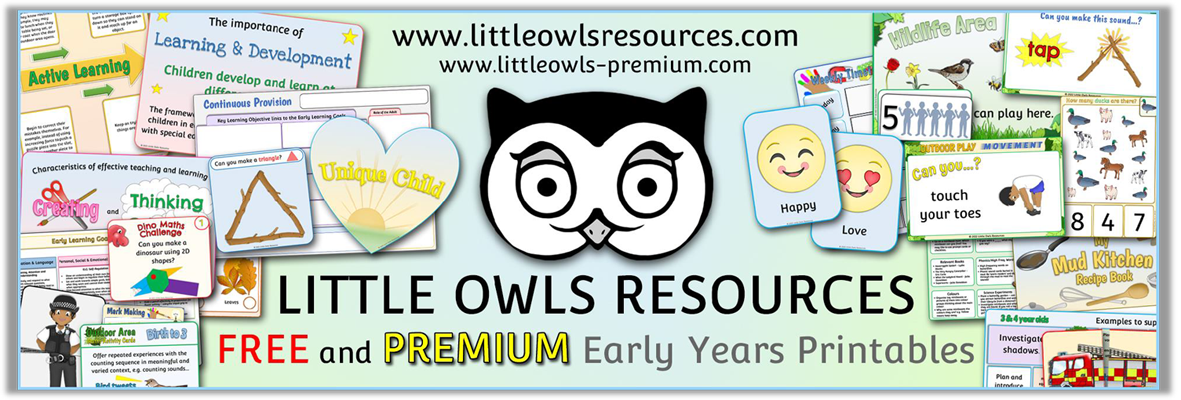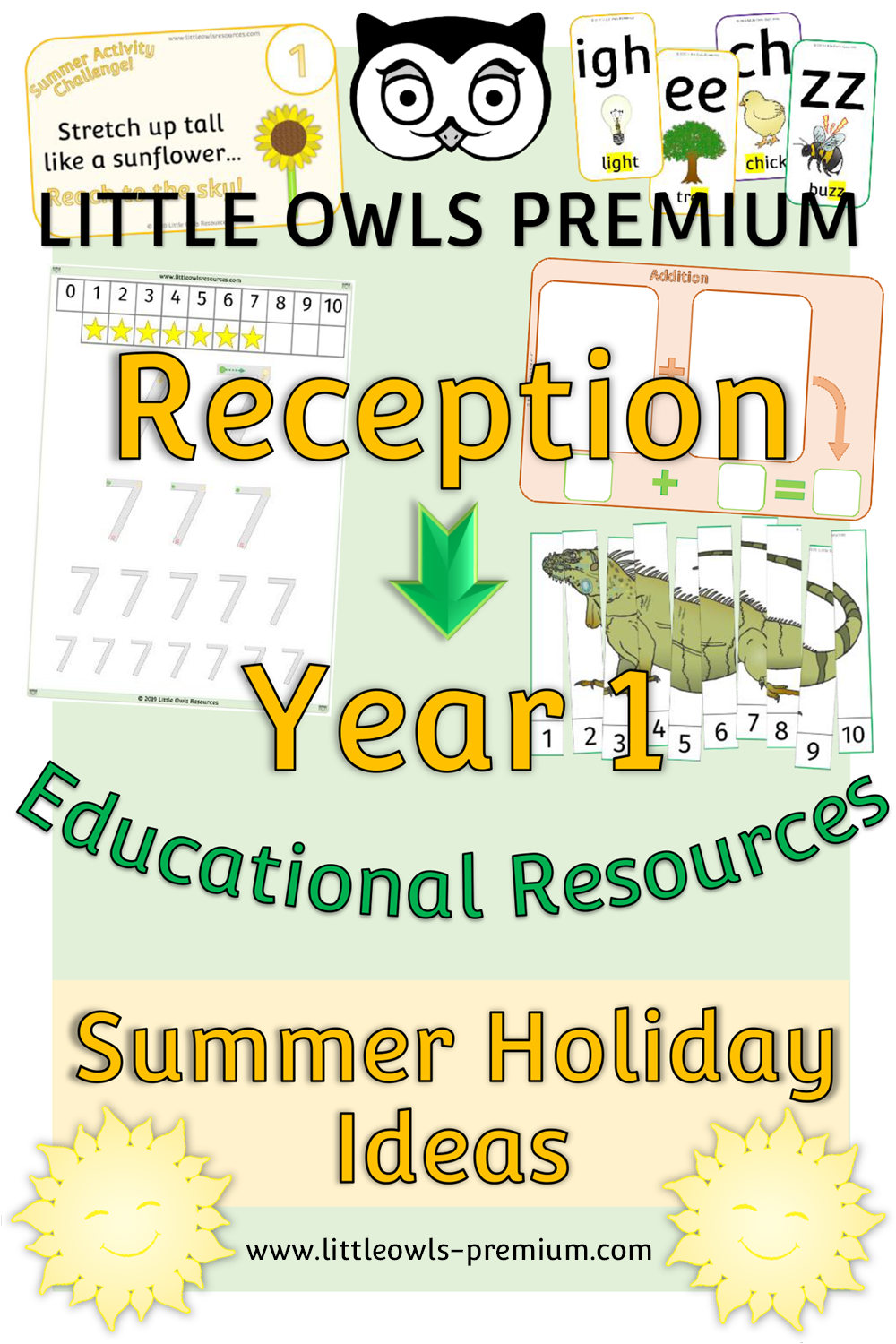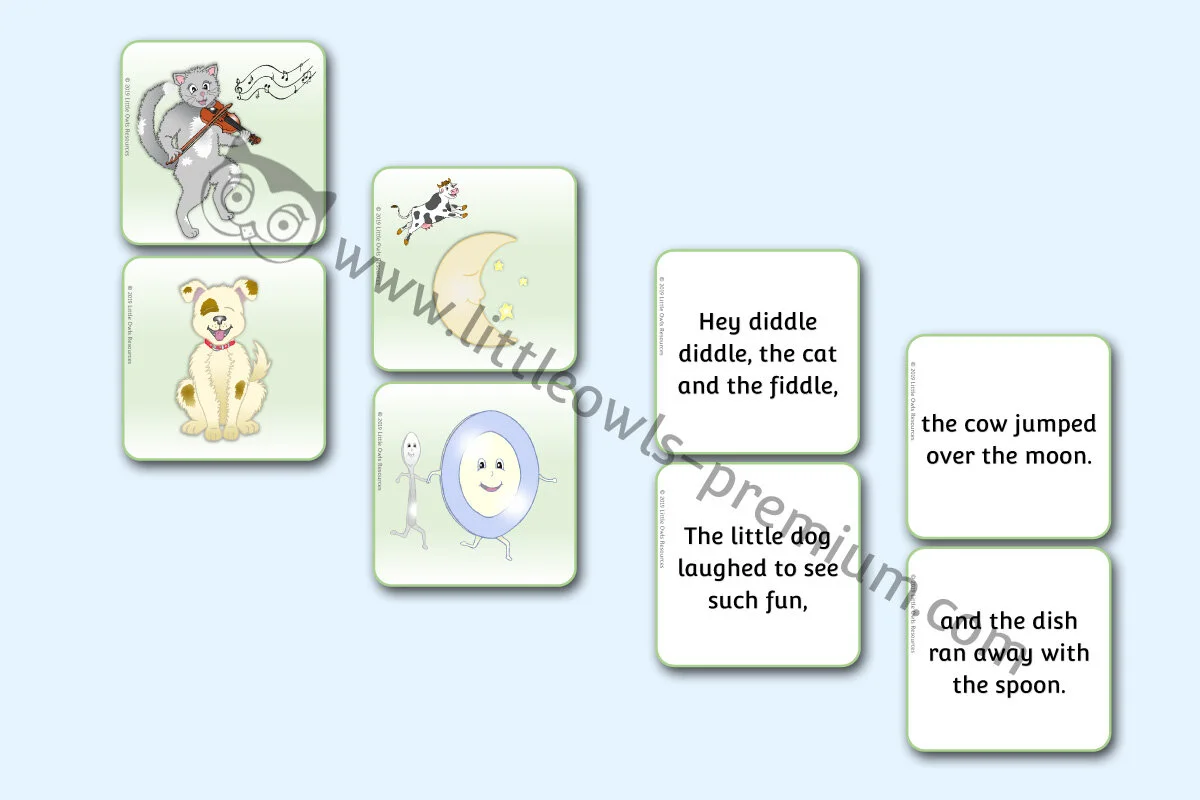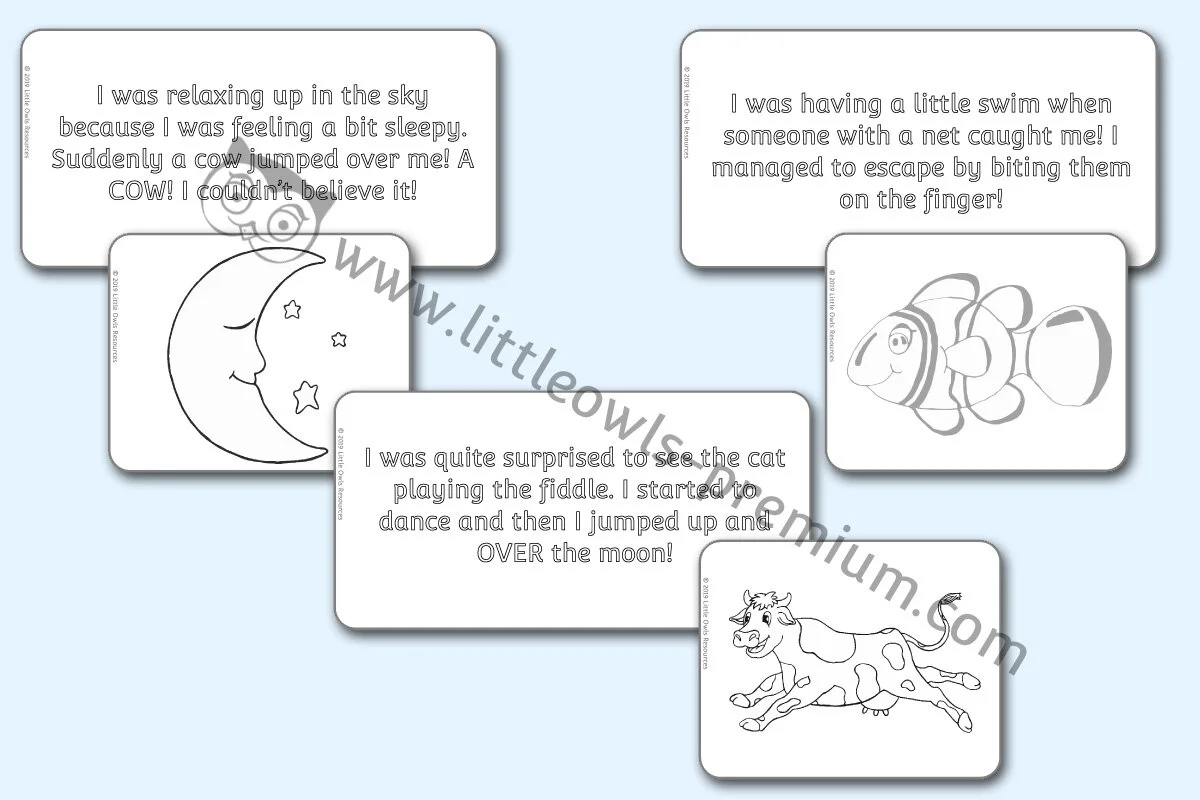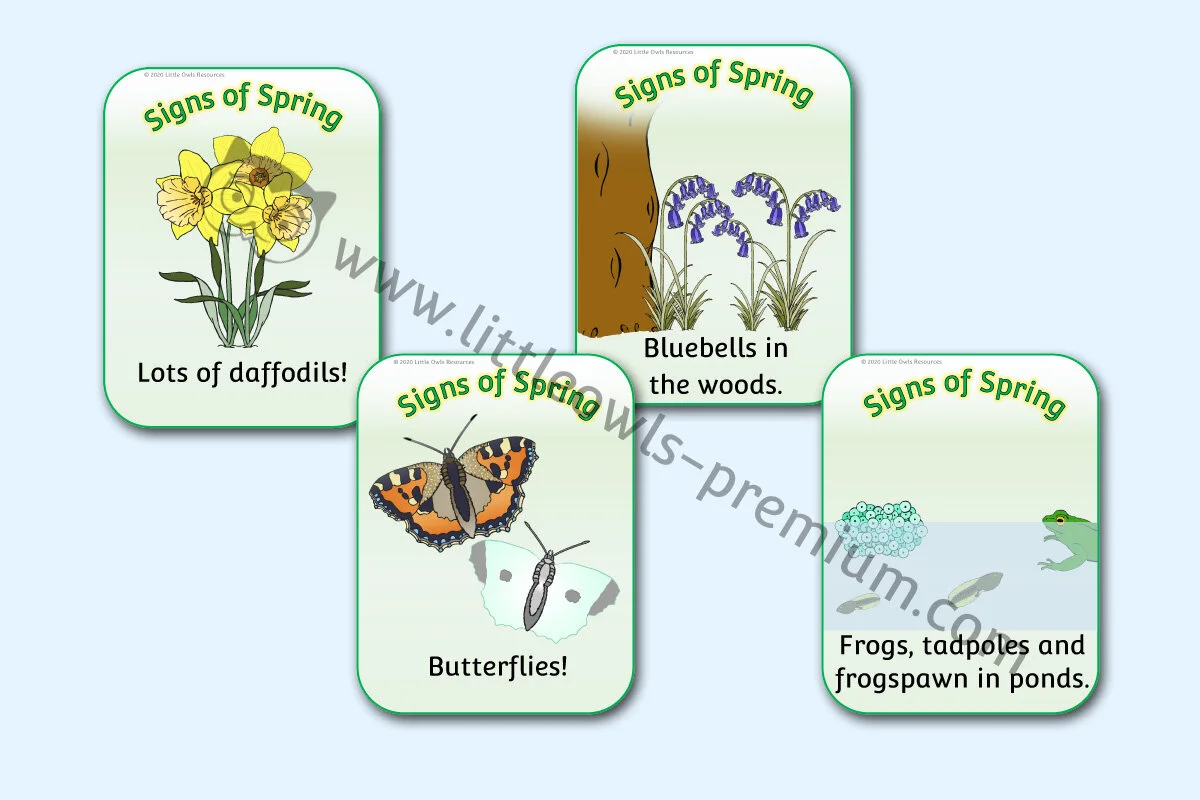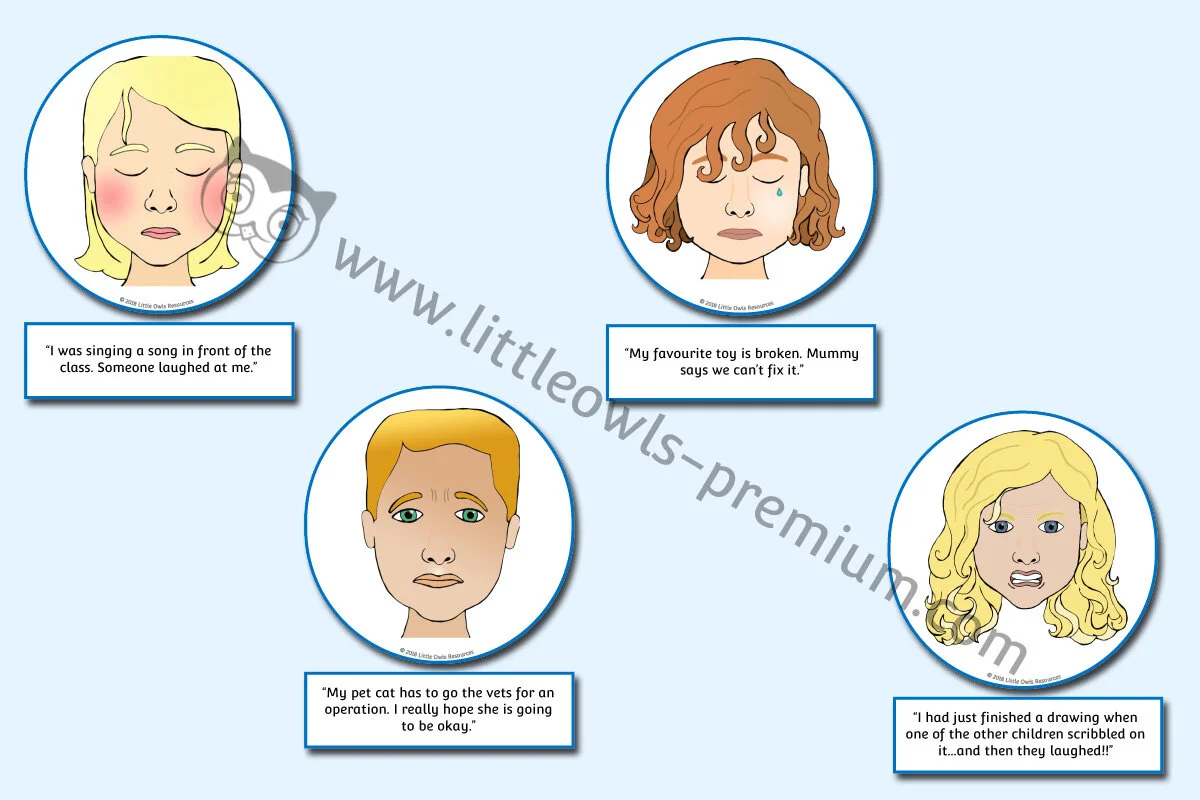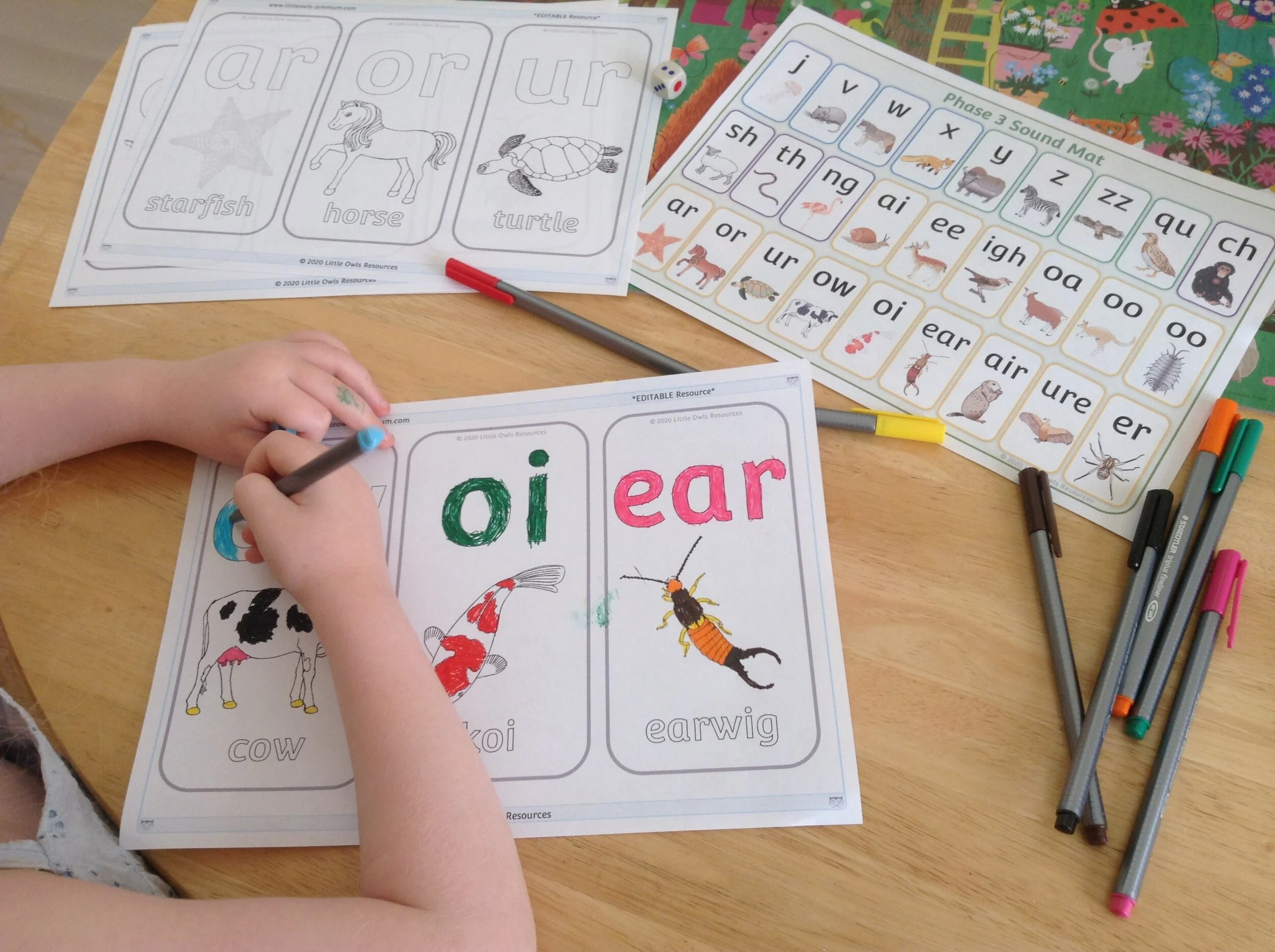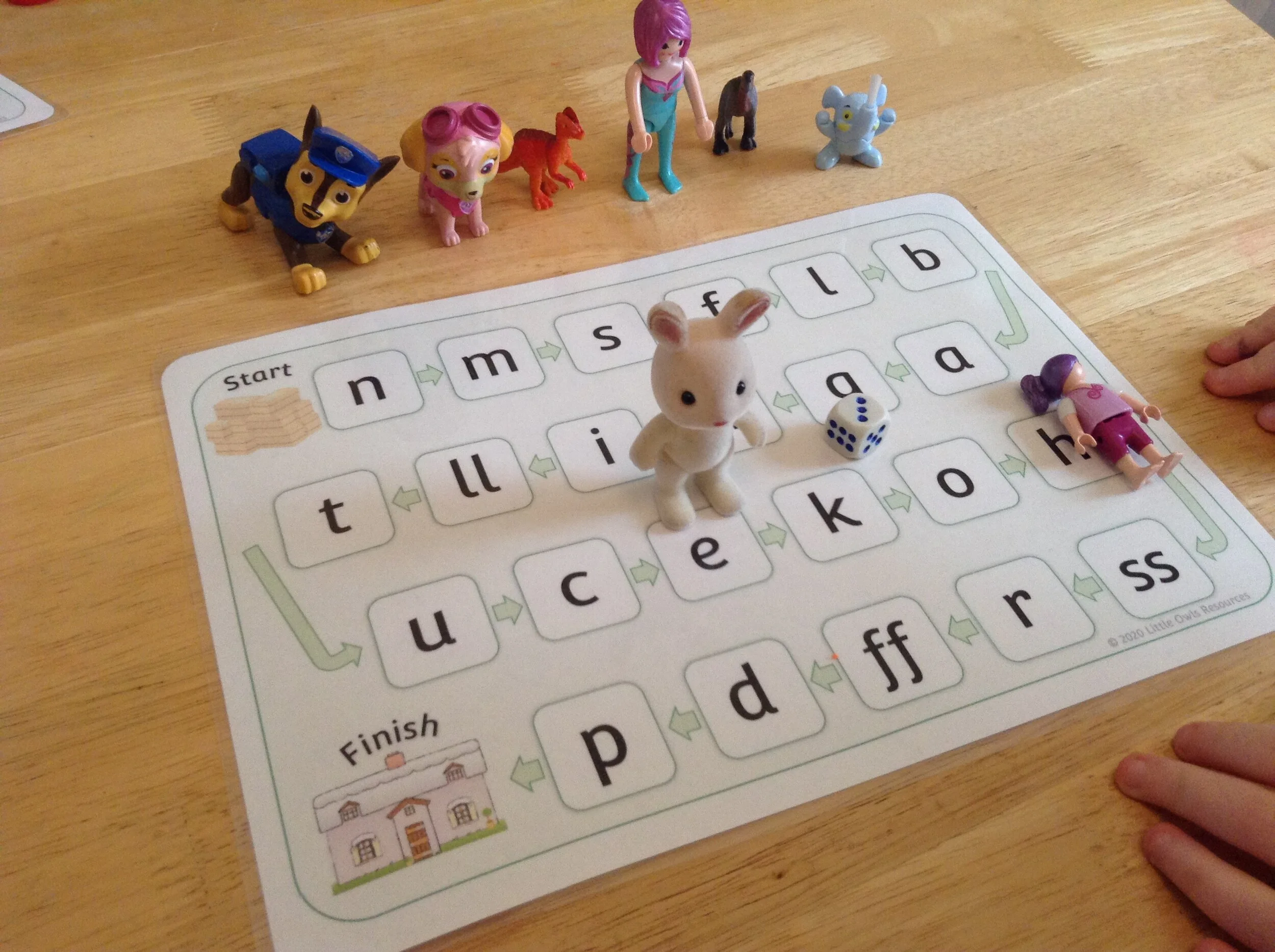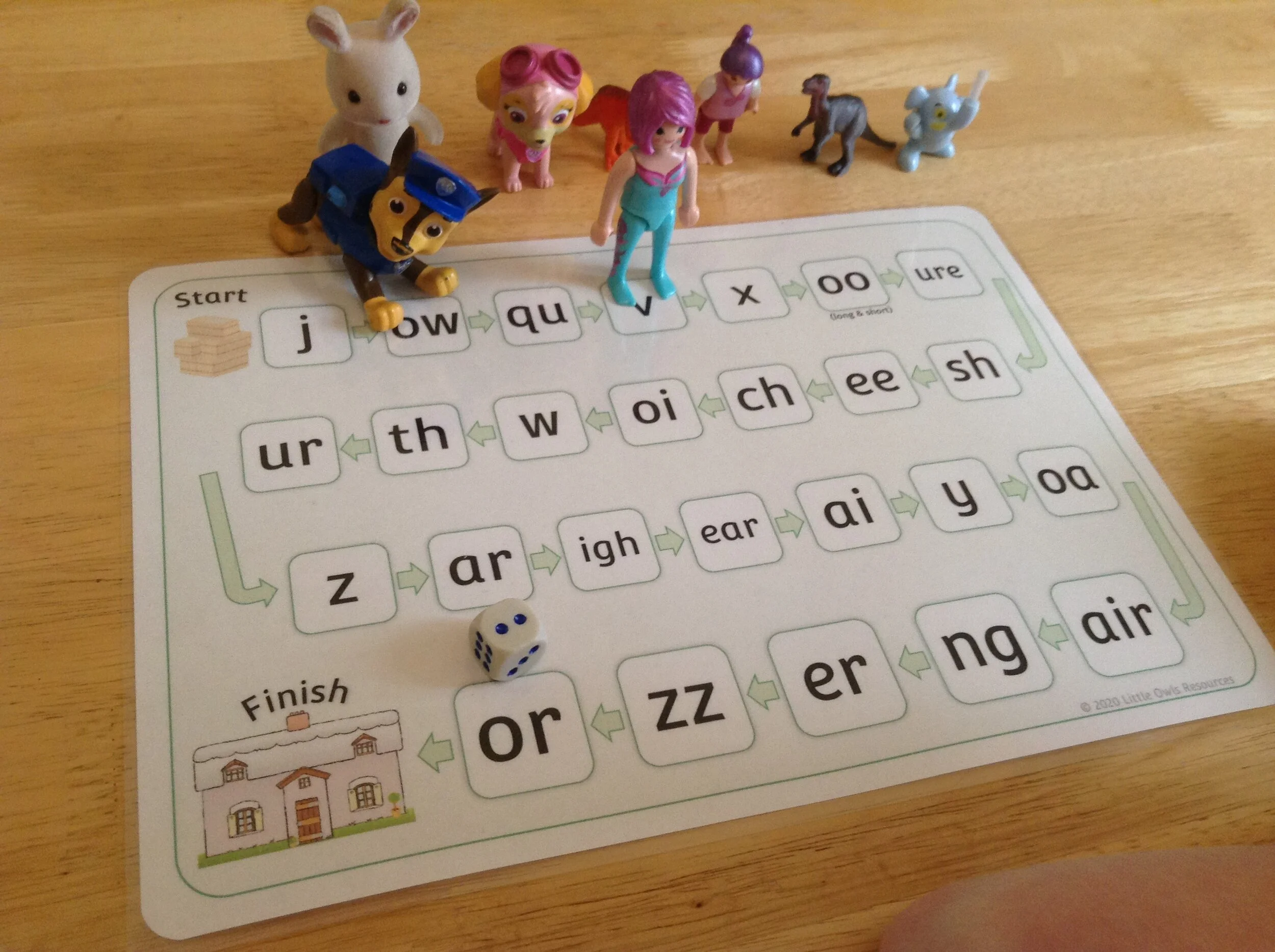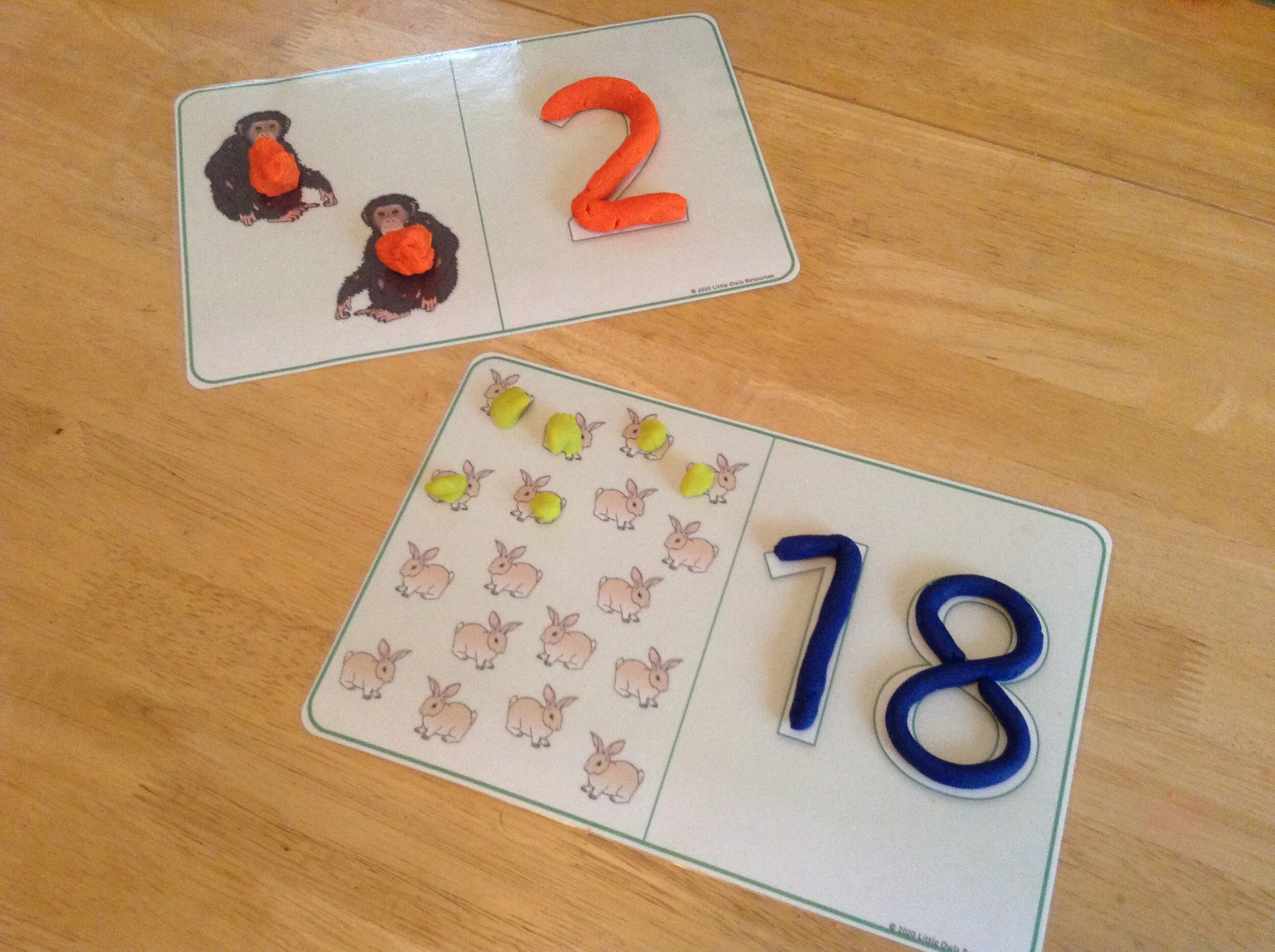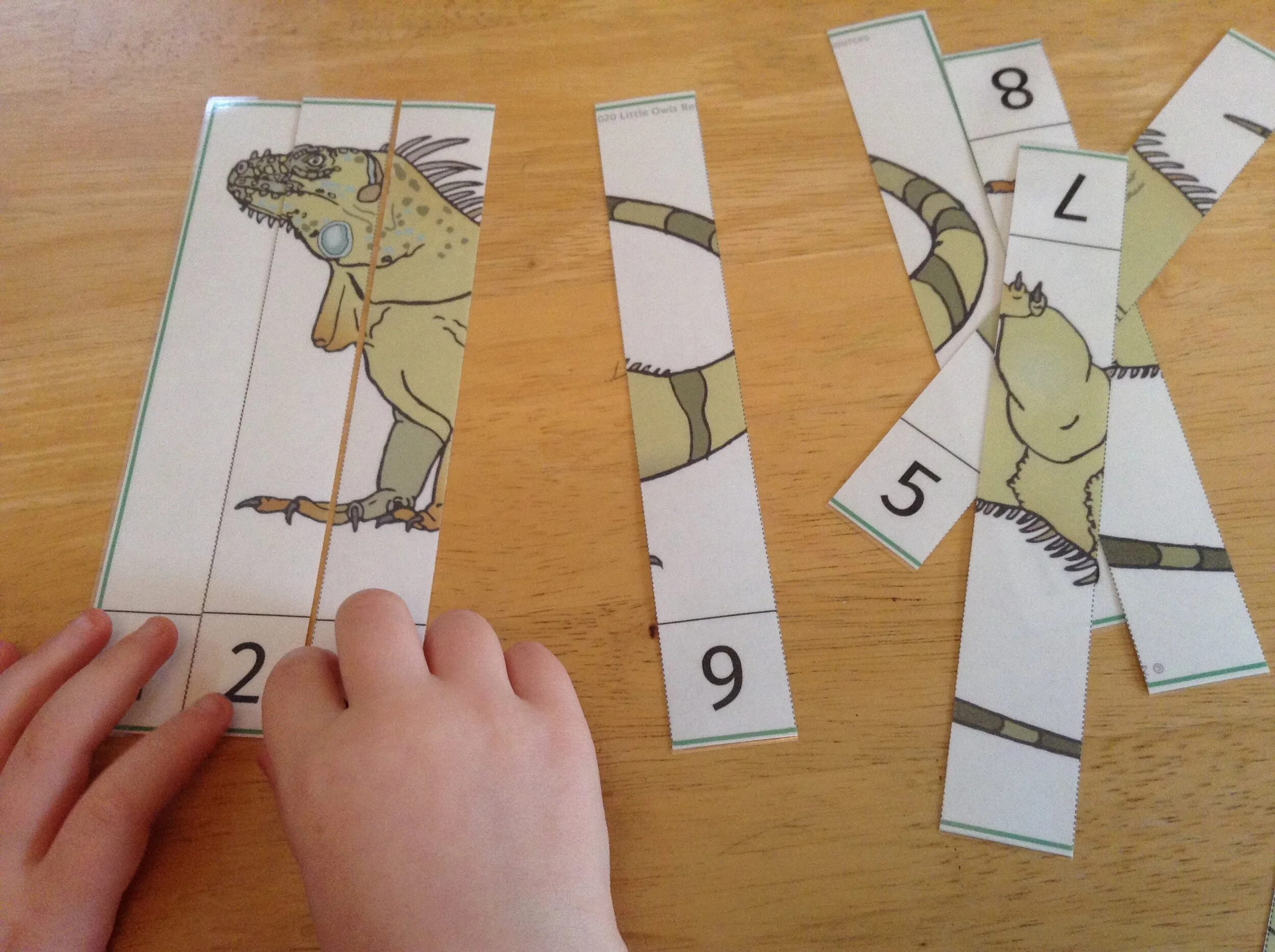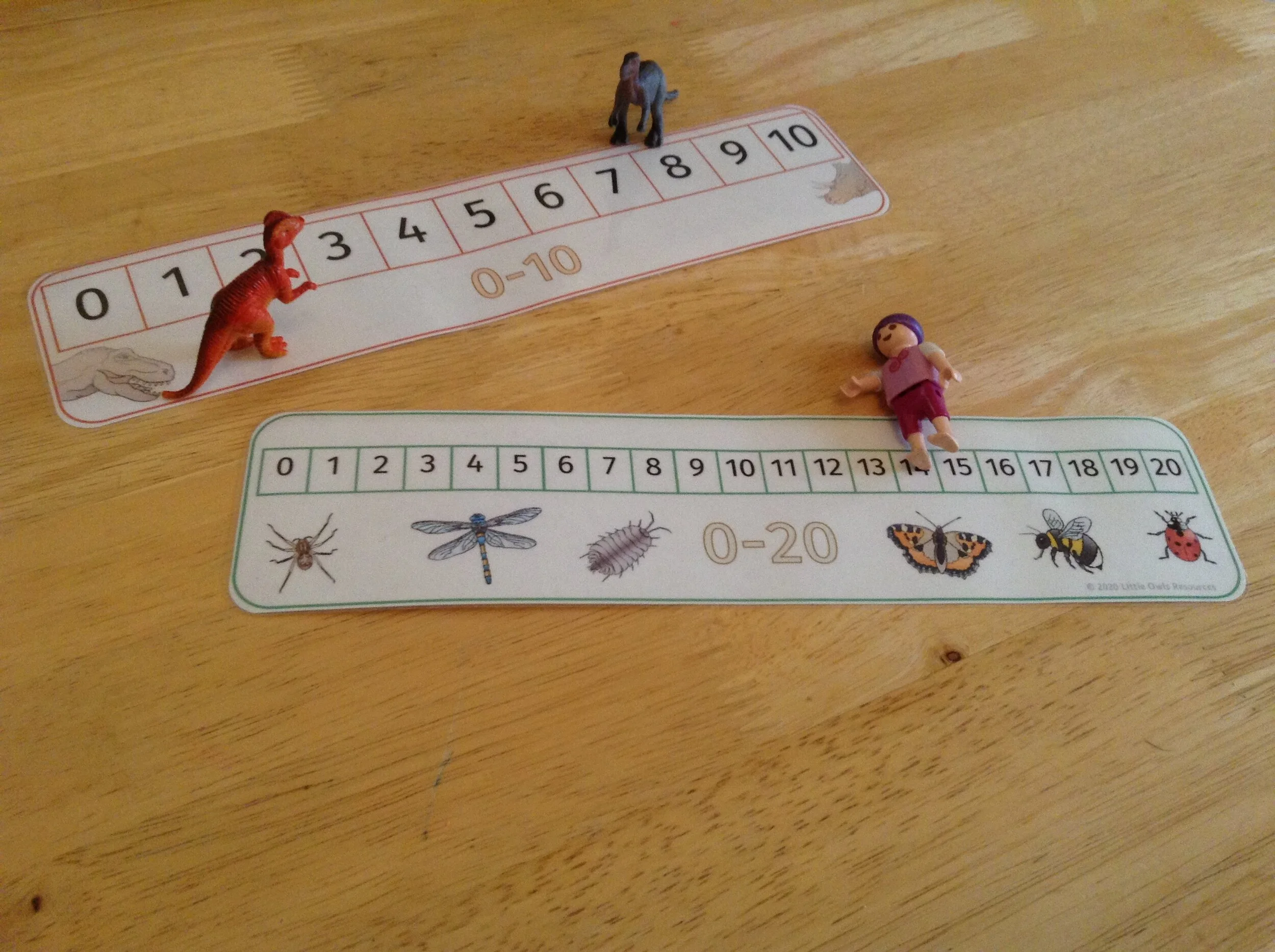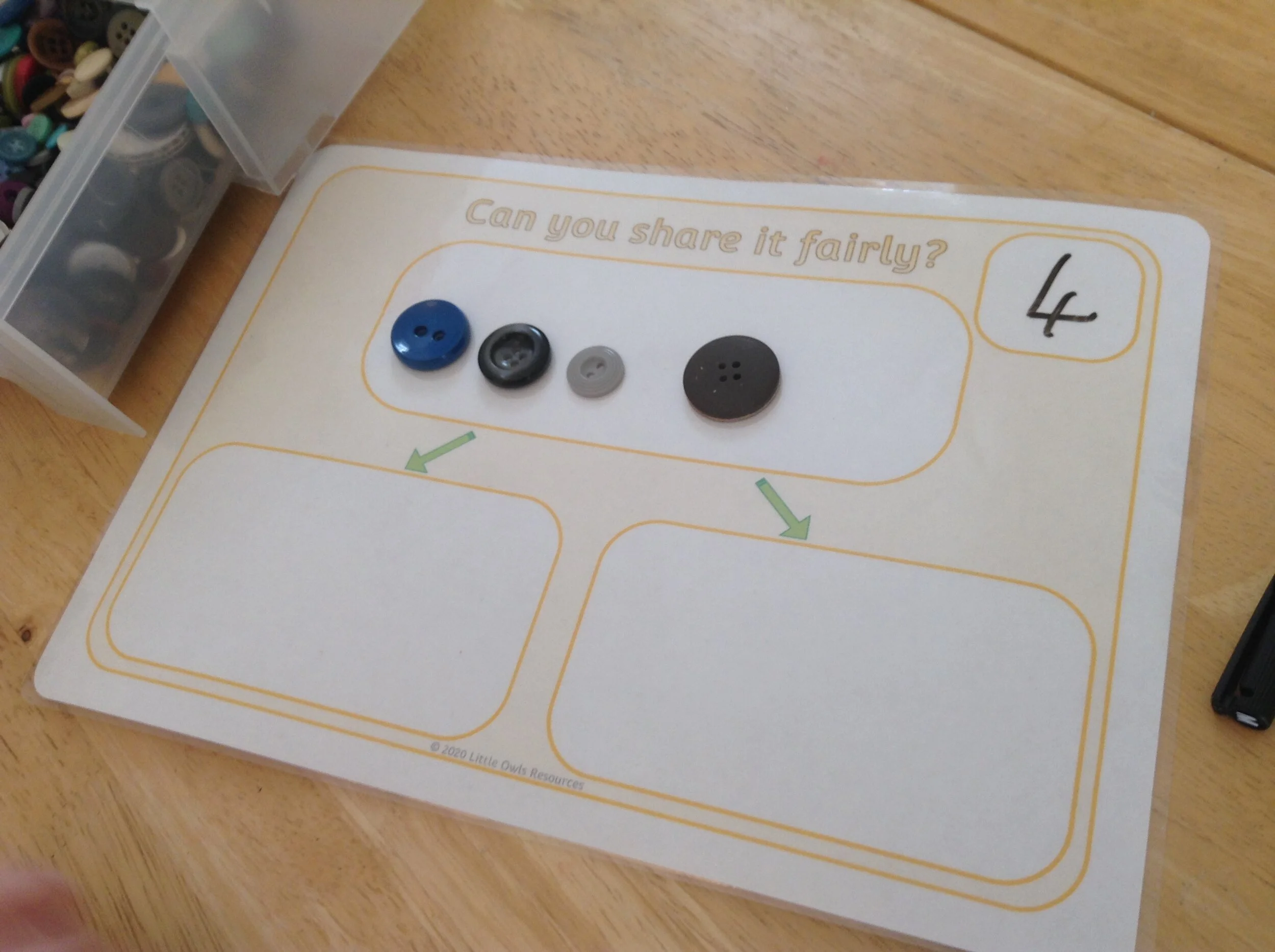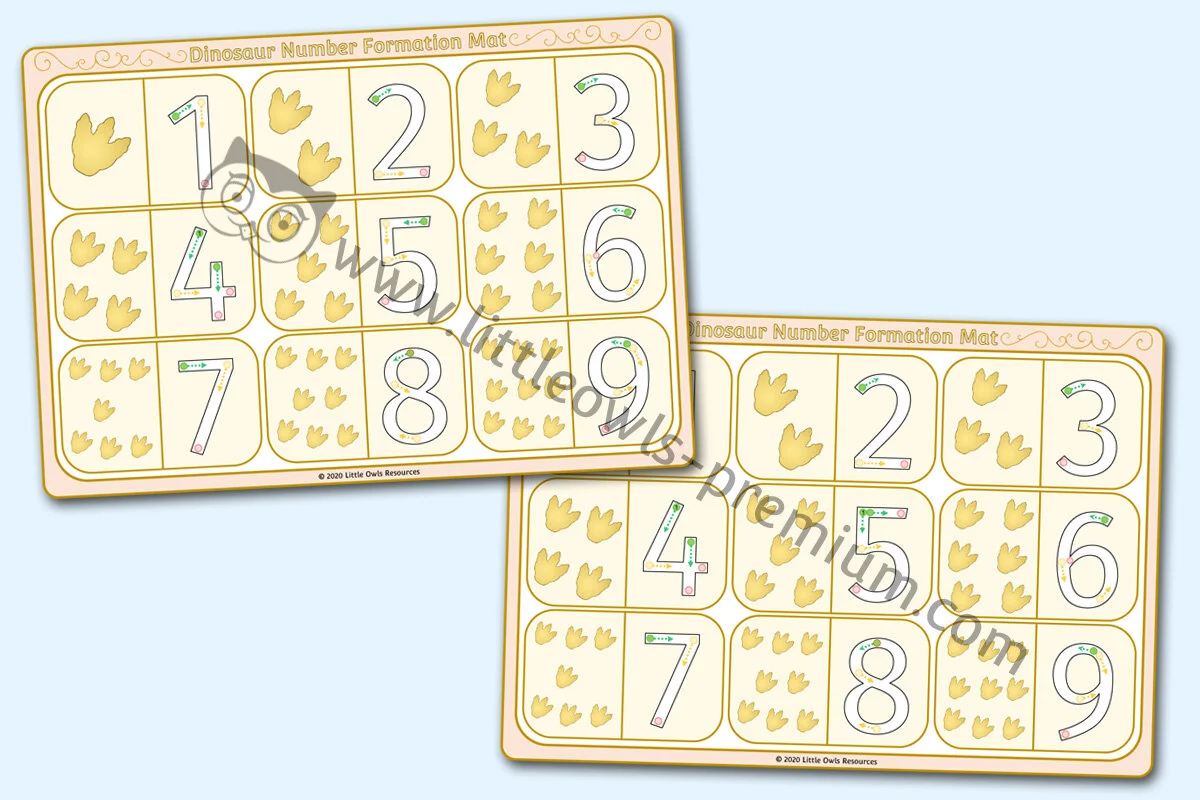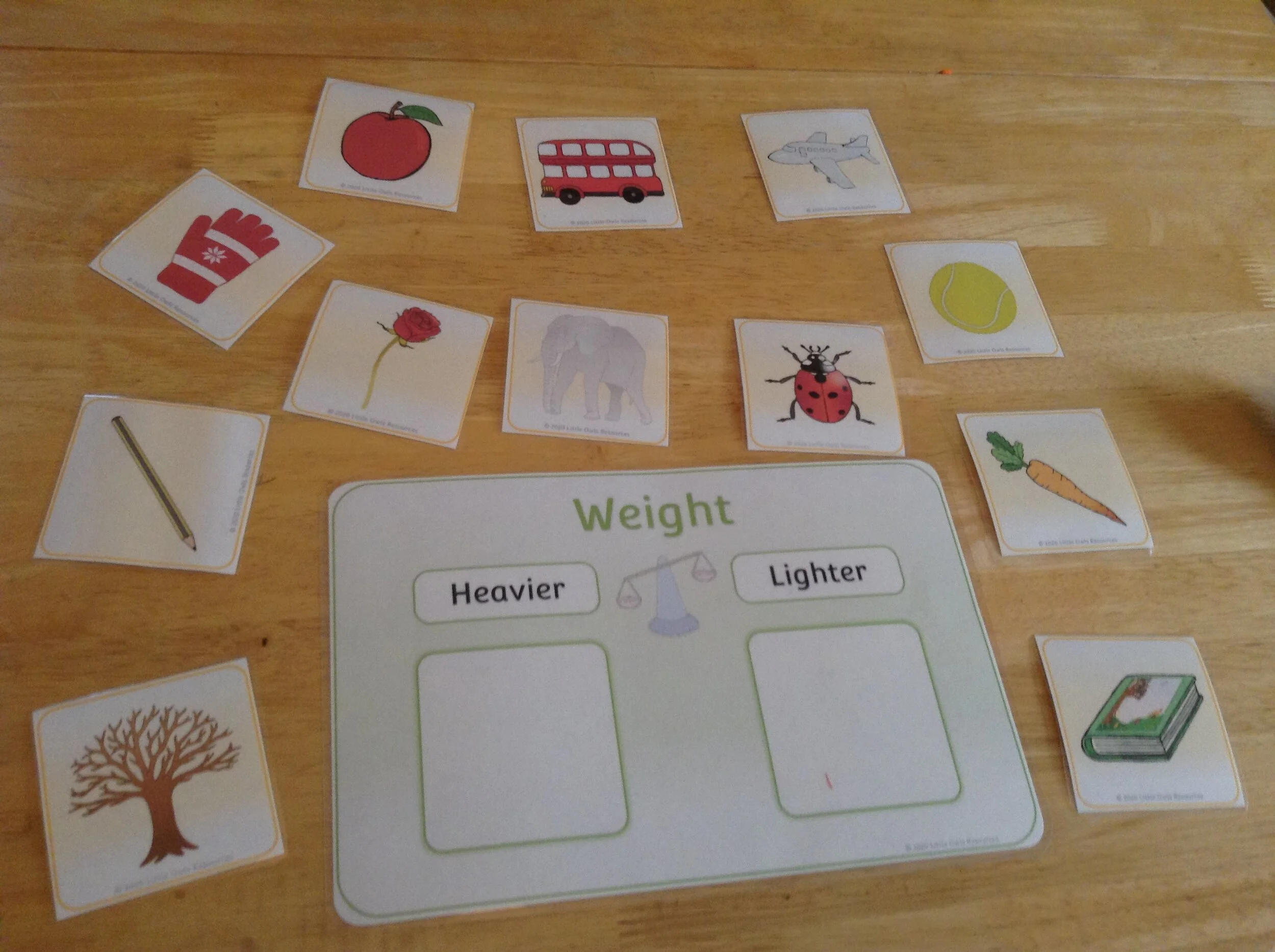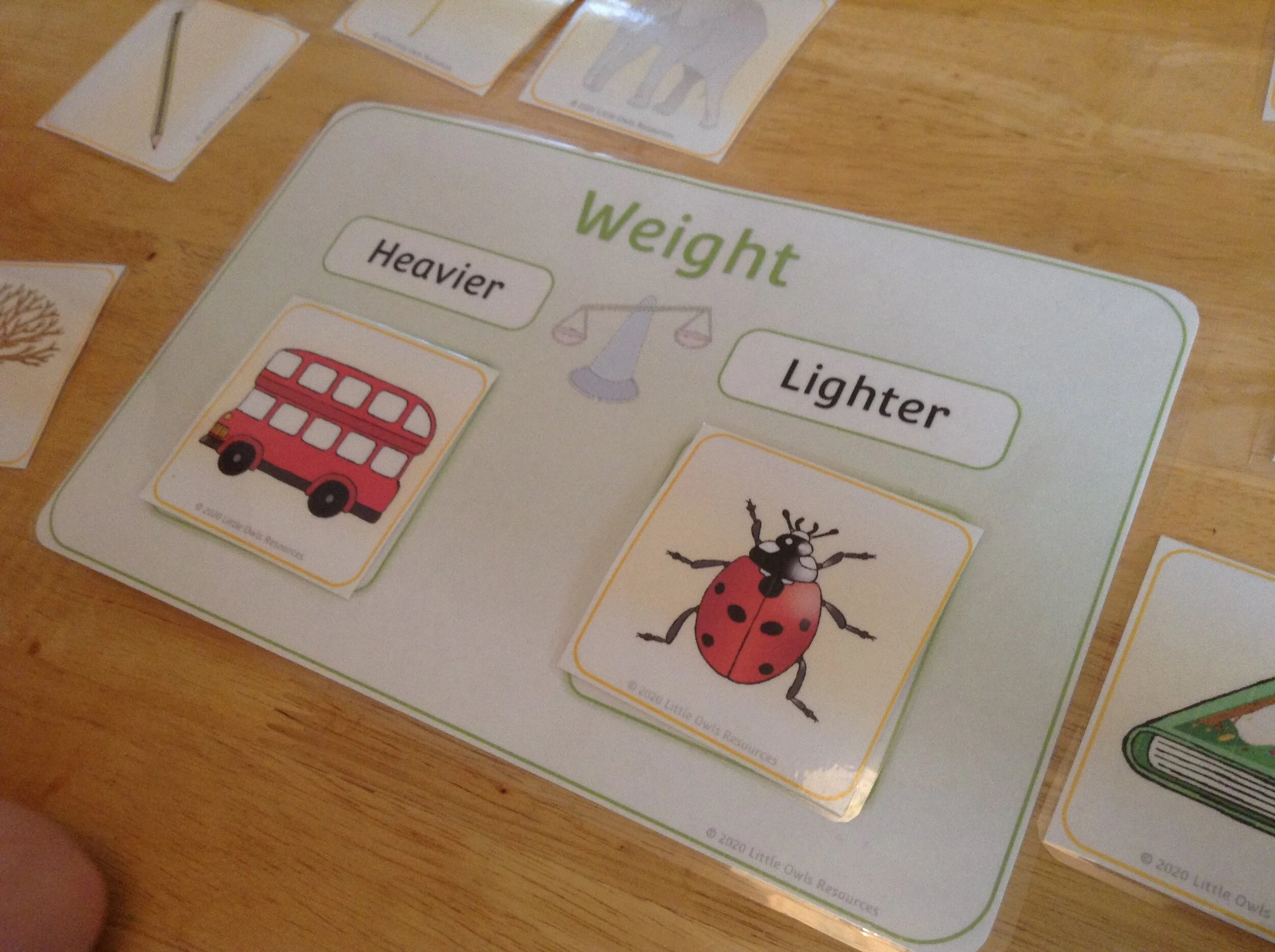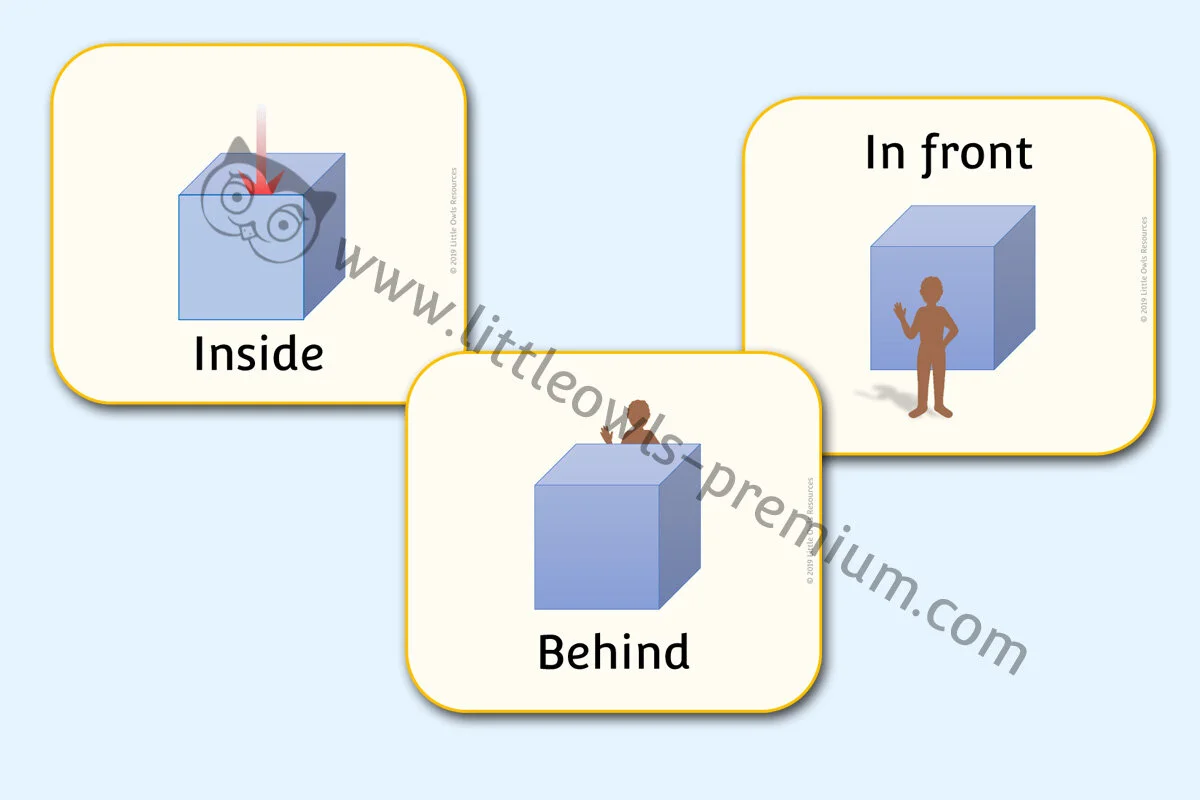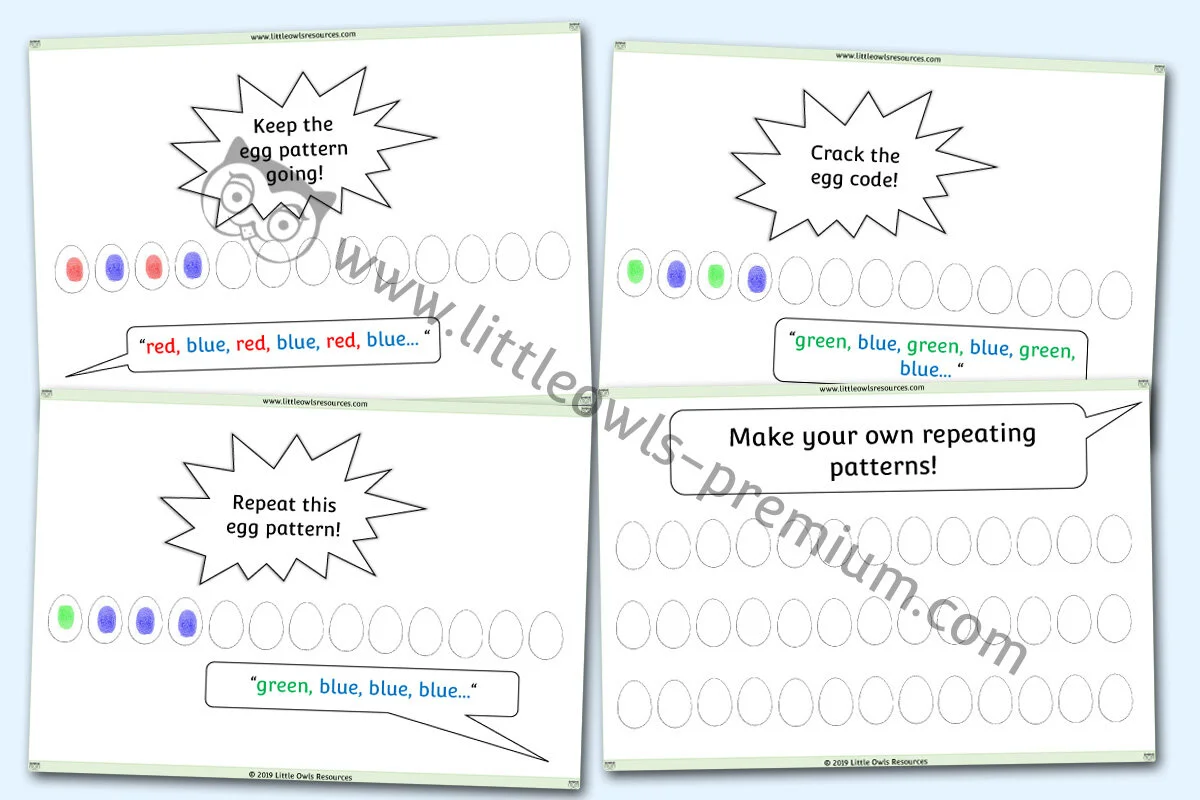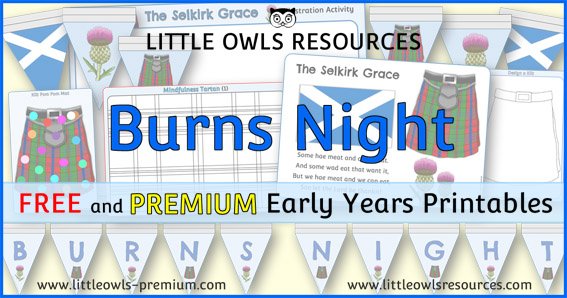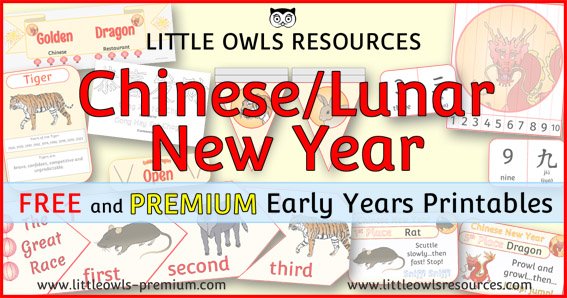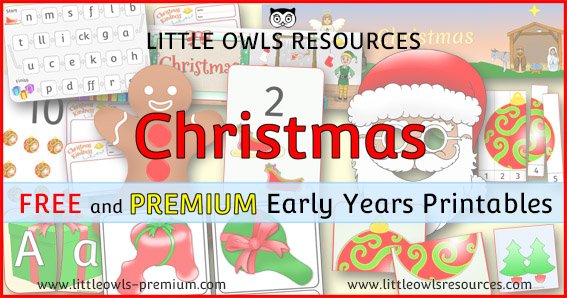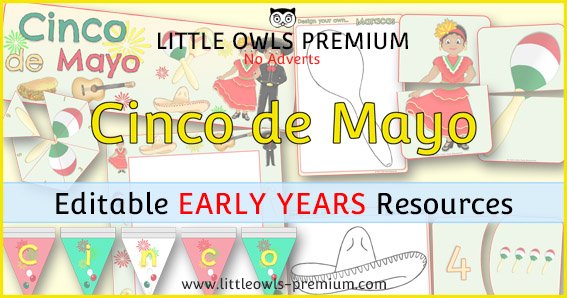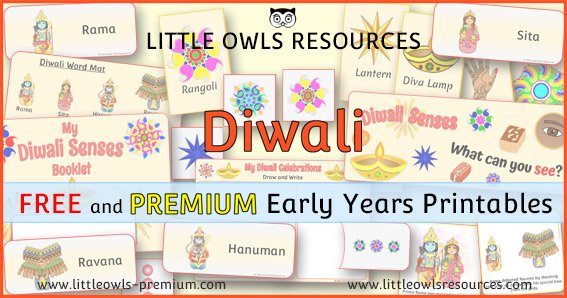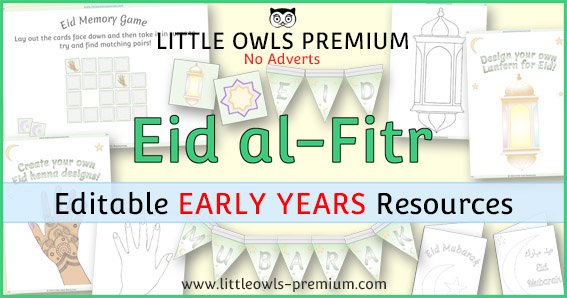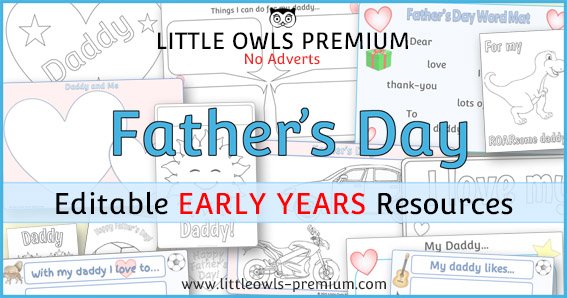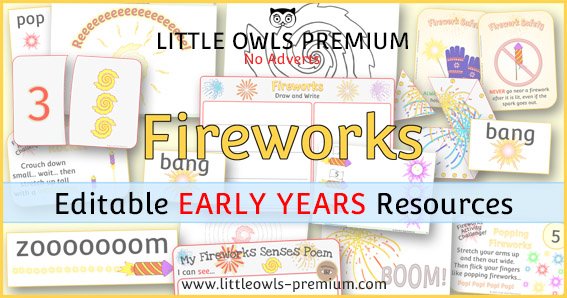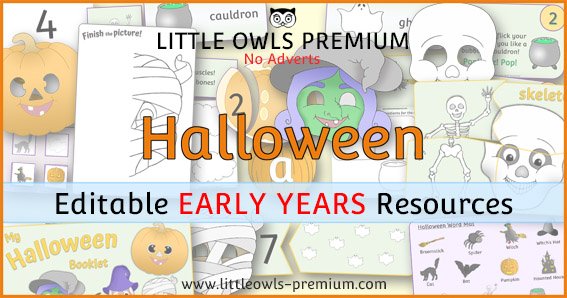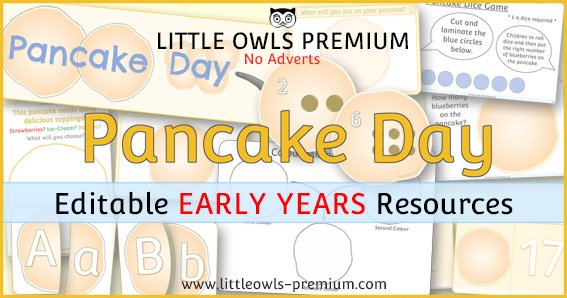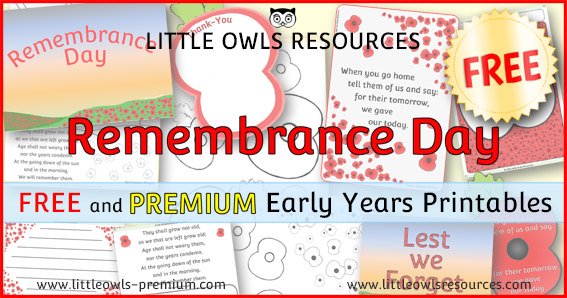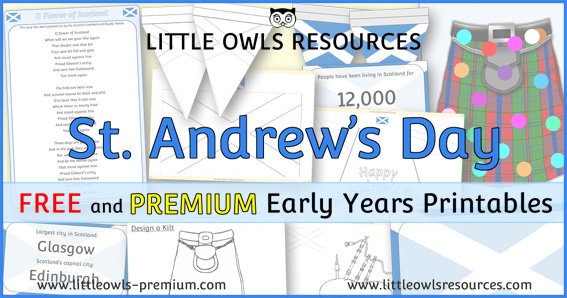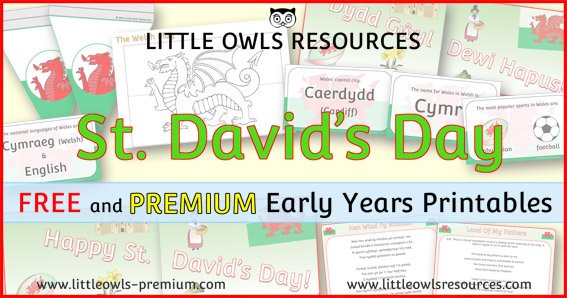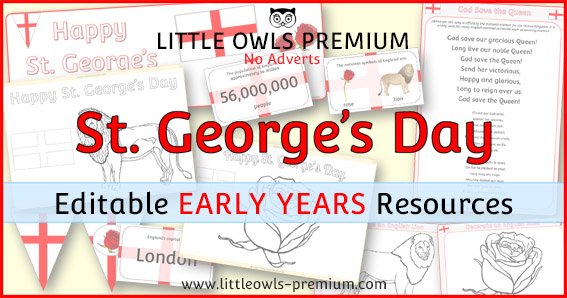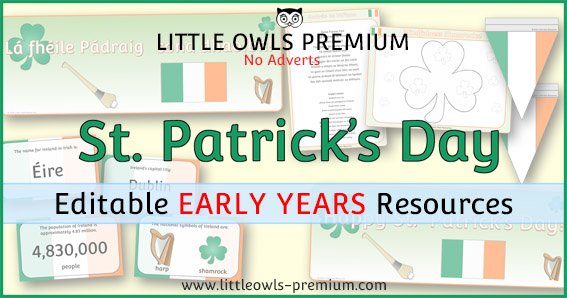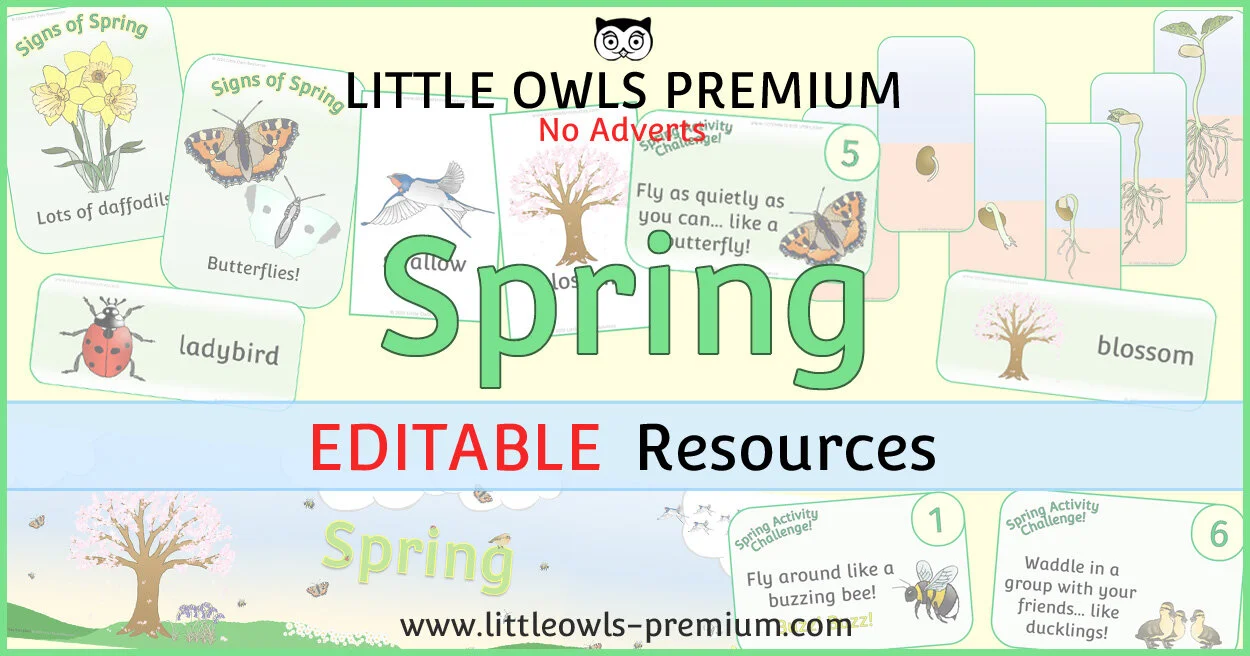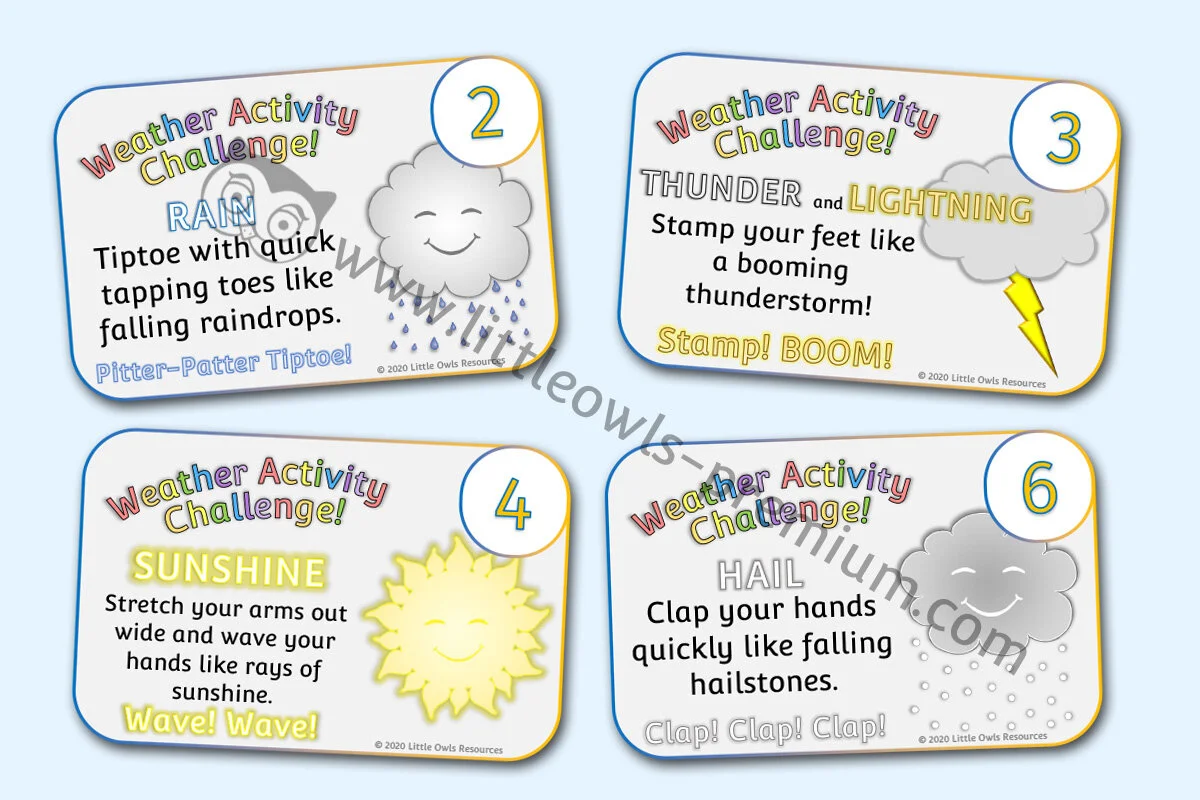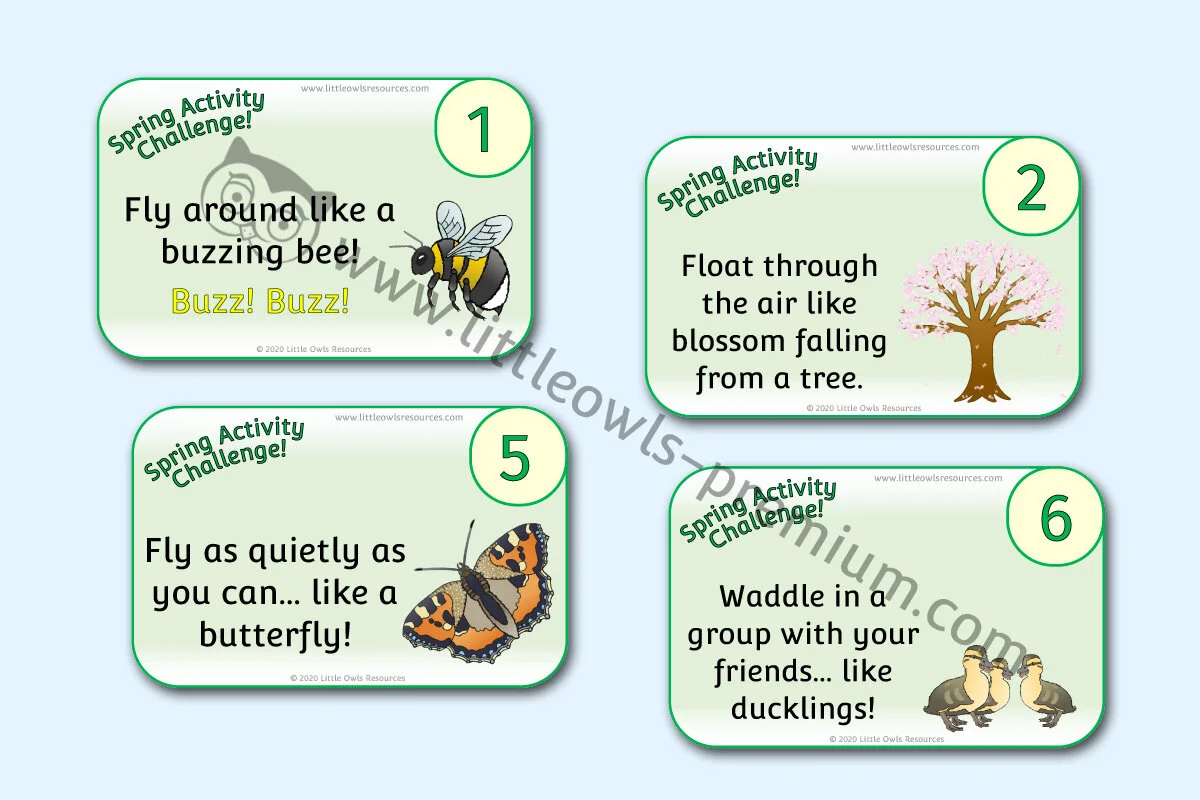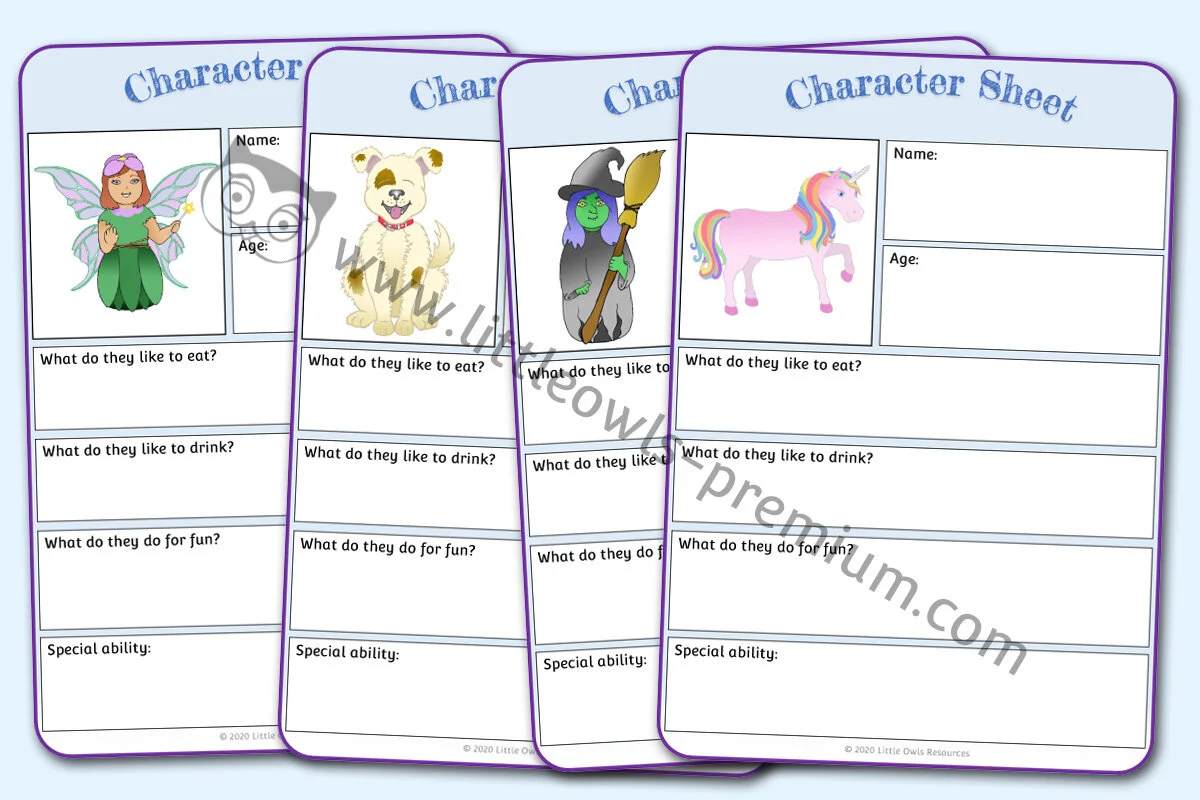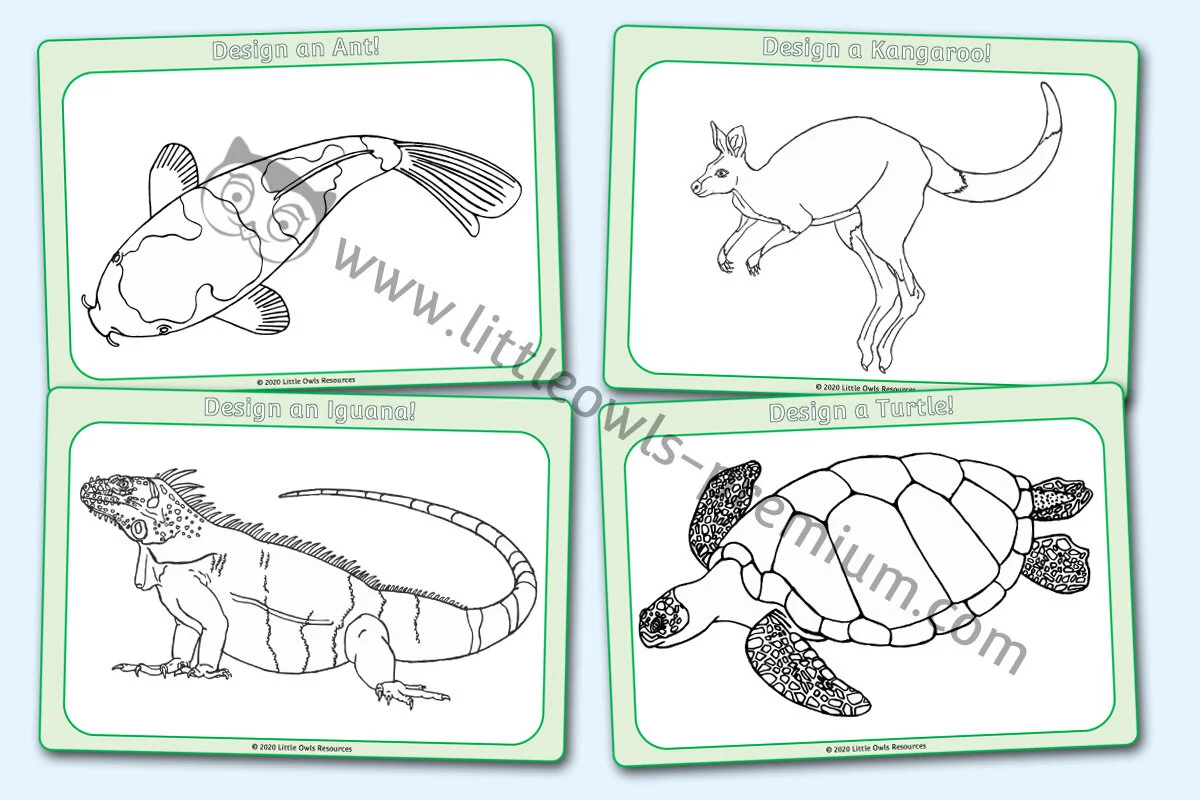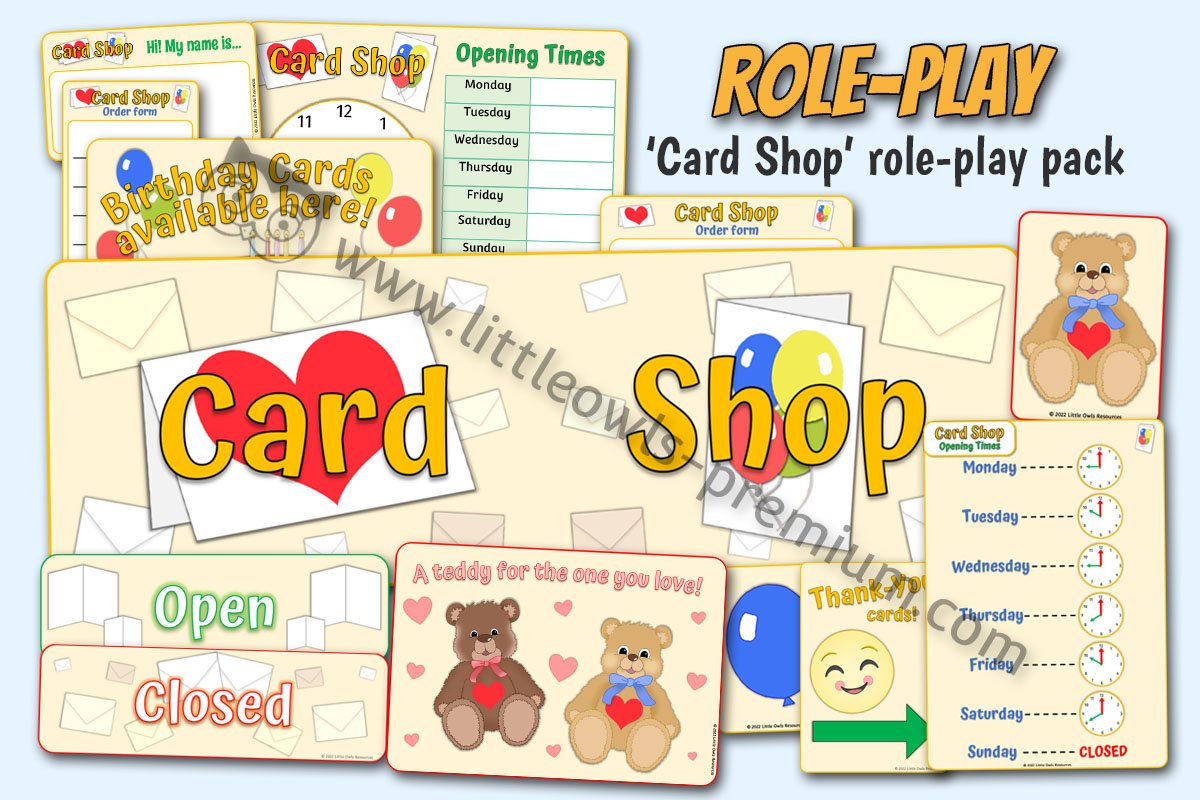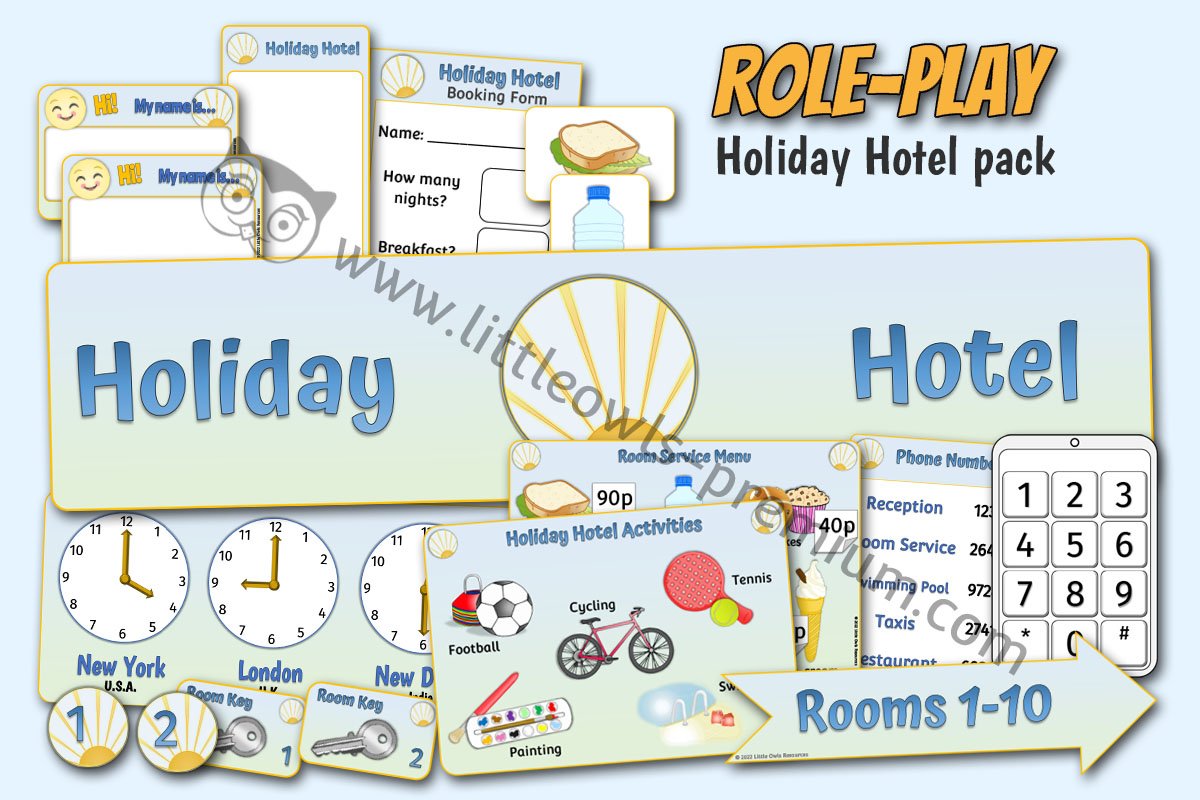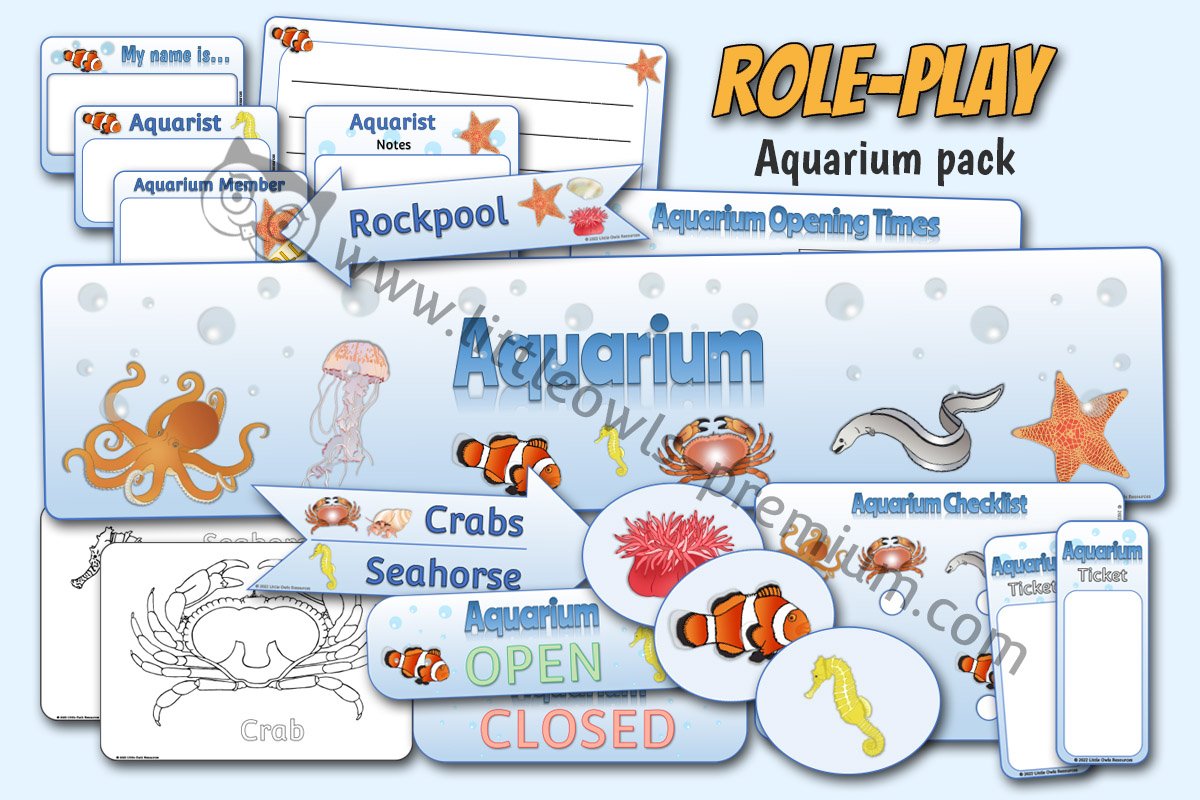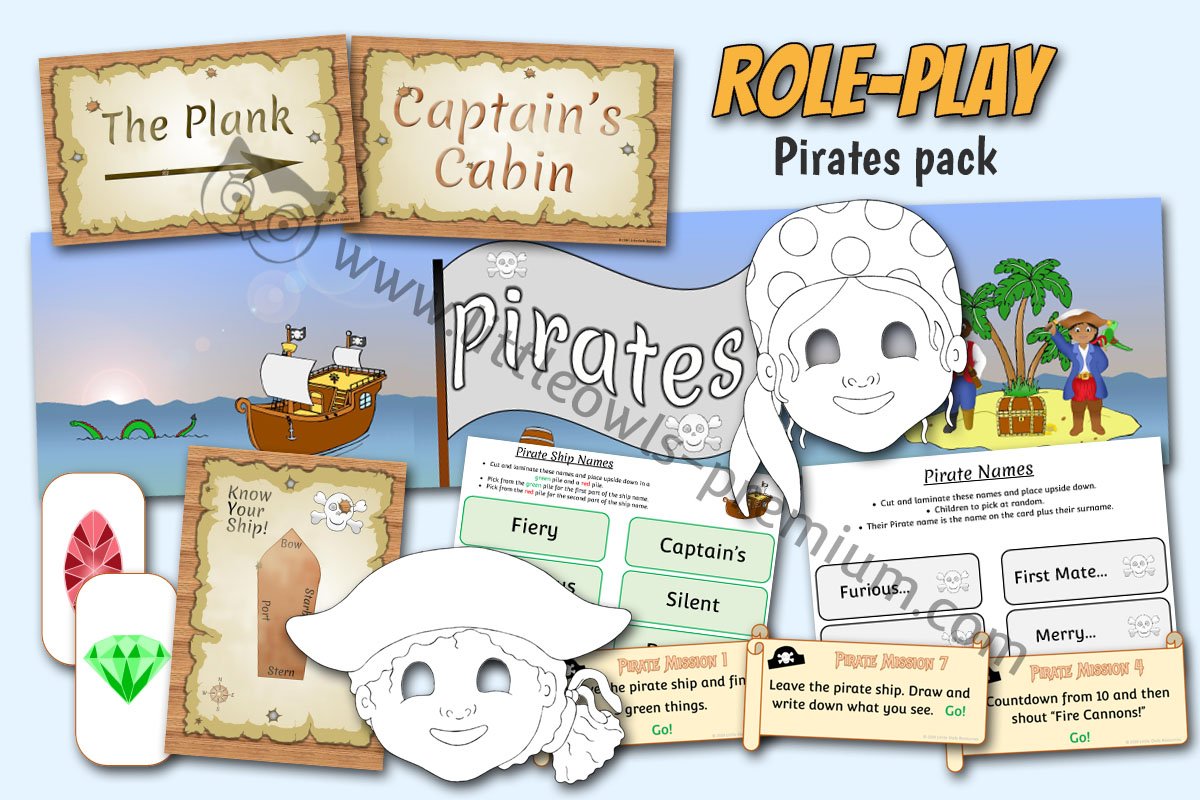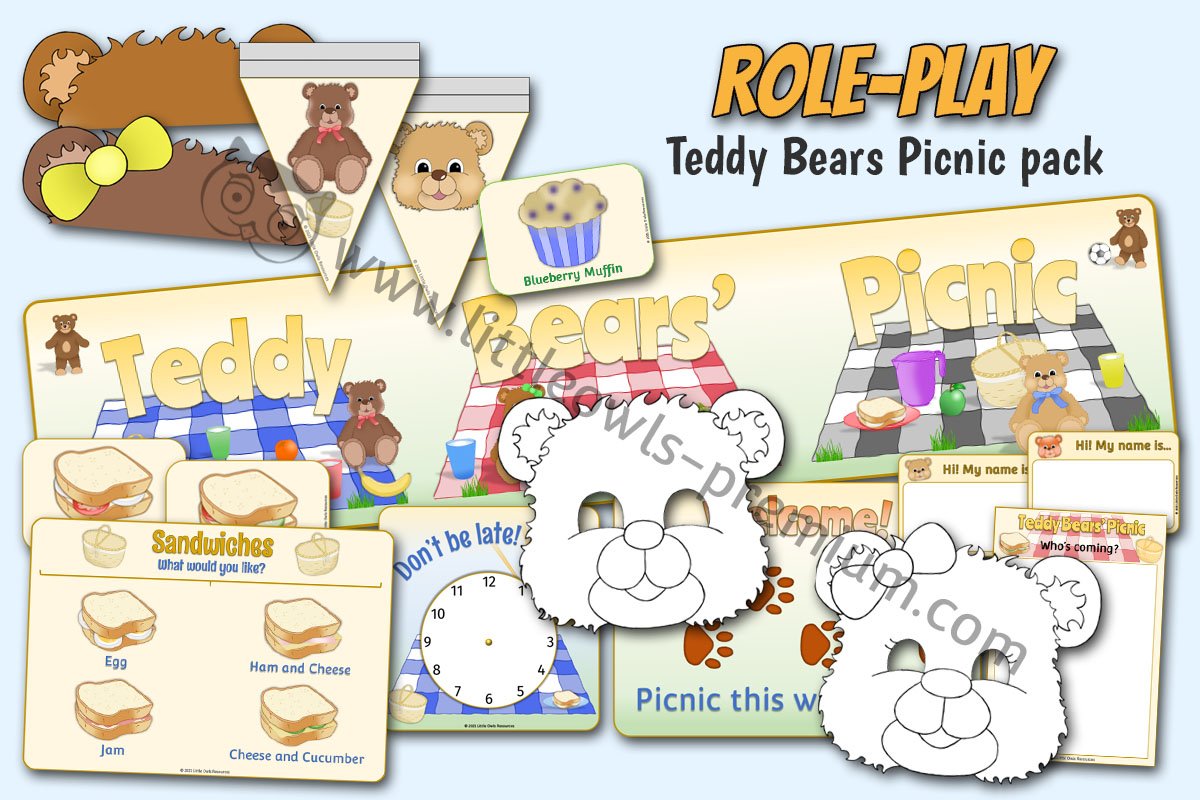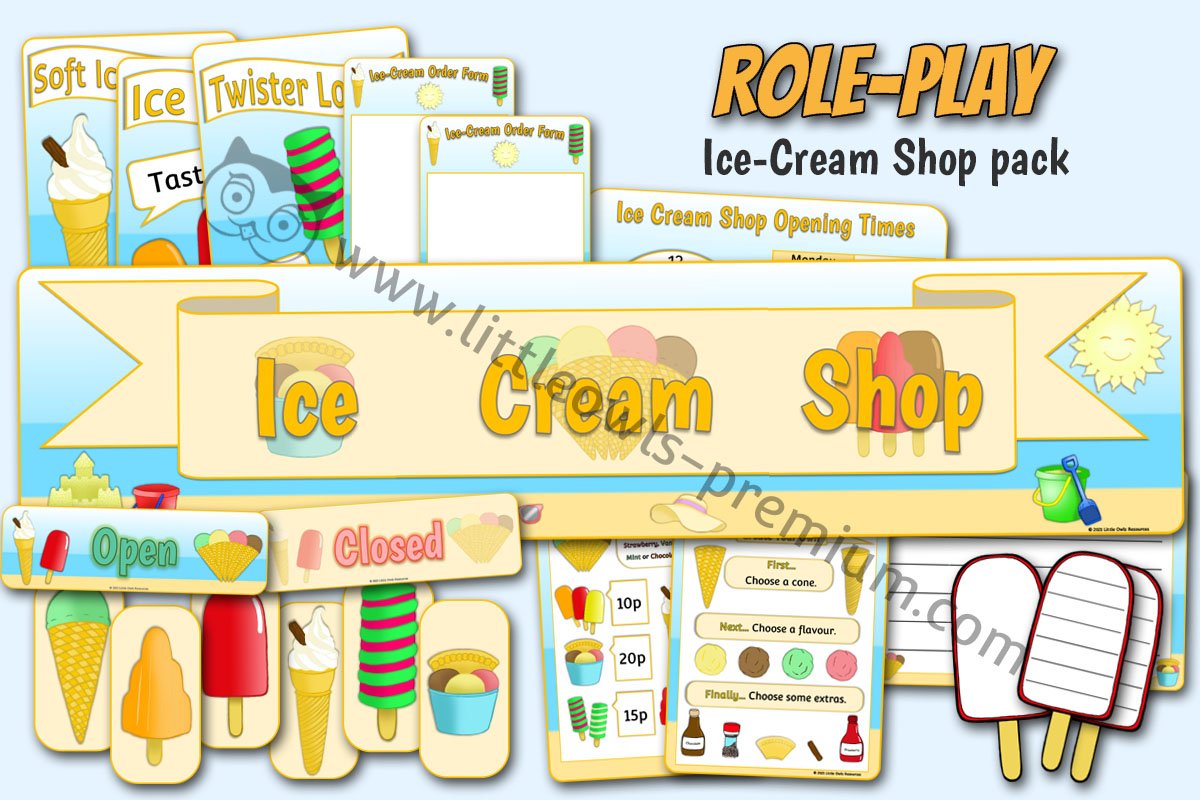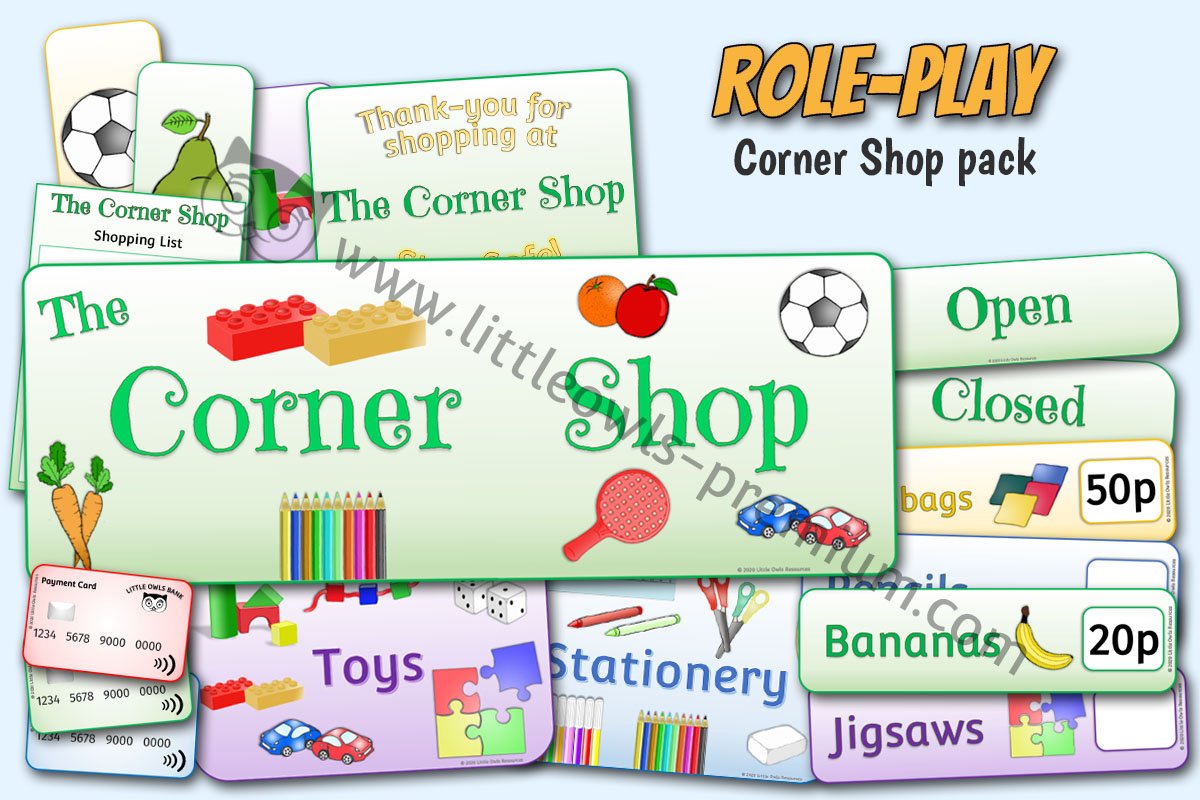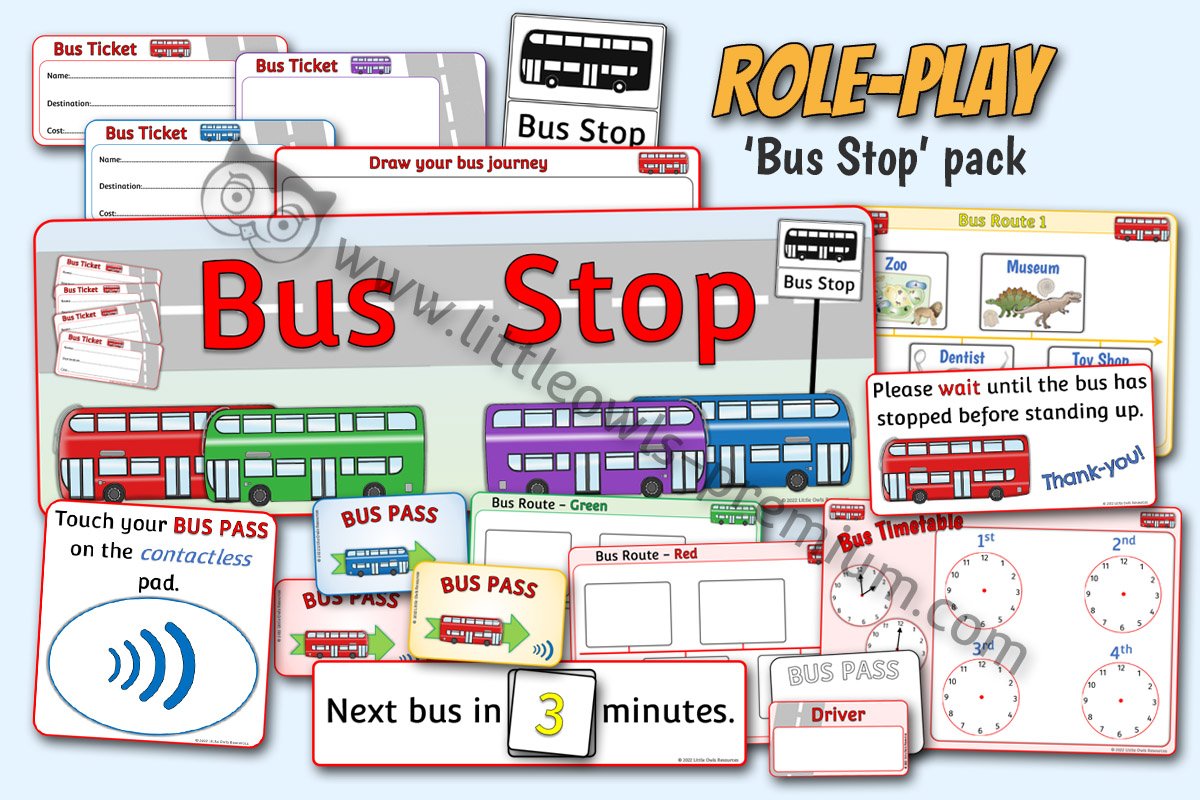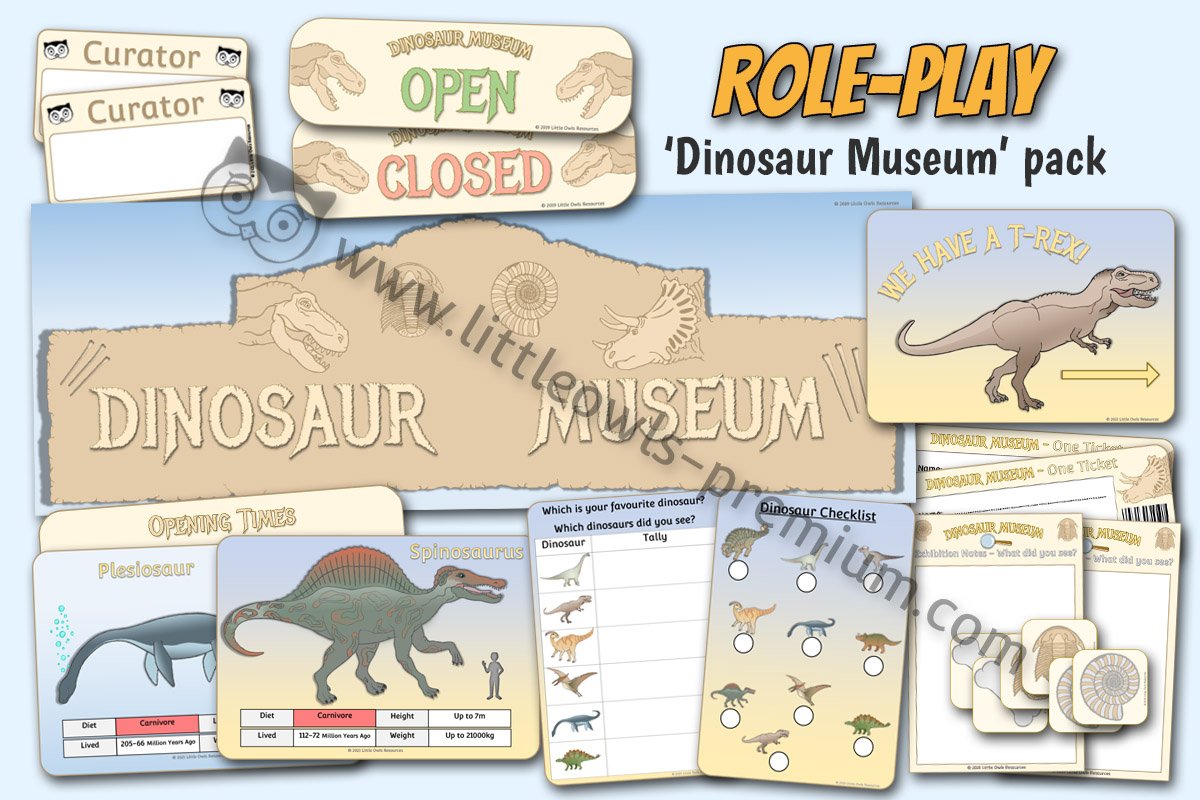Reception - Getting ready for Year 1
School Holiday IDeas
(COVID Catch Up - Summer 2020)
Hi everyone!
We are in very strange times indeed. At Little Owls we are attempting to pre-empt what may be helpful to you all as we go into each phase of the ‘new normal’. We hope that this page will be a handy tool for Reception Teachers and Parents of current Reception aged children. We have endeavoured to consider key elements which make up the reception year (using EYFS Learning Goals) and have located resources which help to practise and consolidate these elements perhaps as part of fun learning activities over the Summer. To that end, we have suggested resources which are suitable to be used at home 1:1 as well as within school.
We have grouped our ideas into the EYFS 7 areas of learning which are: Communication & Language / Personal, Social & Emotional Development / Physical Development / Literacy / Mathematics / Understanding the World / Expressive Arts & Design. Please feel free to scroll down to find the relevant section you are looking for.
A few things to remember/thoughts from Little Owls:
All children are individuals. The EYFS Early Learning Goals serve as a guideline. Children excel in different areas. Provide children with stimulating challenge in areas they love and support them in areas they find more ‘tricky’.
At this age much of learning can still be based around:
Talking/every day conversations - take the time to discuss things with your child and introduce them to new words.
Being active/involving a physical element
Things that they enjoy and child-led where possible
Try to make sure you:
Take frequent breaks - don’t spend too long on one thing or overload them.
Praise them for their achievements, but also crucially, they’re efforts. Let them know you can see that they are trying really hard and be sure to praise them when they keep trying even when they find things more tricky.
Many of the resources that we make at Little Owls have an ‘open ended’ feel in order that you can in a sense, build the activity/game around your particular child/children. Think about where they are now in their learning. Don’t worry about where you think they should be. Concentrate on celebrating what they can do right now and progress (at whatever pace suits your child) will come from there. If they are enjoying for example playing one of our games at a level which suits them, they will inevitably want to play it more and be more engaged, thus consolidating those skills further and you will naturally then begin to ‘step up’ the challenges within the game or move onto another activity which will move them forward.
Most importantly, learning through play is key. Have fun!
(To access the resources, you can either click on the images featured on this page or the text links below them. Either will take you to the appropriate resource pages.)
We hope you find this useful!
Early Learning Goals
Communication & Language
Listening and attention – Children listen attentively in a range of situations. They listen to stories, accurately anticipating key events and respond to what they hear with relevant comments, questions or actions. They give their attention to what others say and respond appropriately, while engaged in another activity.
Understanding – Children follow instructions involving several ideas or actions. They answer ‘how’ and ‘why’ questions about their experiences and in response to stories or events.
Speaking – Children express themselves effectively, showing awareness of listeners’ needs. They use past, present and future forms accurately when talking about events that have happened or are to happen in the future. They develop their own narratives and explanations by connecting ideas or events.
Our Resources & Ideas…
Nursery Rhymes
Print off a nursery rhyme poster you think your child will enjoy. You could start with one that they are already familiar with or it could be one with elements e.g. characters you think your child will enjoy. Sing it/say it through together. See if they can notice which words rhyme (end with the same sound e.g. ‘spoon’ and ‘moon’). They may enjoy finding these in the text and marking them in some way. Perhaps you could make up some actions whilst you enjoy performing the rhyme together. Talk about any words they are unsure of. When reading the nursery rhymes, try to say them rhythmically and use plenty of expression. Children will pick up on this and copy it too! Enjoy where the nursery rhyme takes you…your child may want to colour the poster…or draw their own characters and perhaps even label them or write a sentence about them…
…Add a problem solving element to your communication and language learning. This picture link takes you to our sets of cut & stick/match & sequence nursery rhyme cards. Children will use their observational and listening skills whilst also practising using tools such as scissors and glue to cut out these cards (under appropriate supervision), match them in their pairs and glue them to a sheet of paper in the right order.
Once they are familiar with these nursery rhymes, your child will love playing this game with you! This picture link takes you to a set of Nursery Rhyme Character Description Cards with matching Pictures. There is both a version for colouring in and a pre-coloured version. Try reading a card yourself (in role as the character) whilst your child listens and then selects the picture card they think matches with the character you are pretending to be…have fun!
Links to resources: Nursery Rhyme page / Colouring Posters / Puppet Set Packs / Cut & Stick Match & Sequence Cards / Character Match Role-Play Game
Signs of Summer
These ‘Signs of Summer’ cards are part of a set including cards for Autumn, Winter and Spring. They can be used as a great stimulus for communication and language. Children may initiate communication to you or other children about the cards in a child led fashion. Alternatively, adult led interaction could include closed or open ended questioning. Five year olds may enjoy engaging with questions such as ‘What colours can you see?’, ‘How many ice creams are there in this picture?’, ‘Which is your favourite card?’, ‘Why do you like this picture the best?’, ‘What do you think this tree would look like in the Winter?’, ‘Have you seen any of these signs of Summer?’, ‘Where?’, ‘When?’, ‘Who were you with?’, ‘Shall we go outside and see which of them we can find?’ Children may even be challenged with ‘how’ and ‘why’ questions, e.g. ‘How can you tell that it is the Summer time in this picture?’ or ‘Why do you think it is popular to eat ice creams in the Summer rather than during the Winter?’ In addition, you may like to delve into cards from previous seasons in order to encourage your child(ren) to develop their past tense language. for example you may like to ask…’Do you remember when WE saw frogspawn in the pond?’…or…’Do you remember when we wore our wellies?’…
Most importantly, just enjoy having a conversation about these cards with your child(ren) as communication and language skills will naturally be strengthened and developed by doing so.
Links to resources: Signs of Summer / Signs of Autumn / Signs of Winter / Signs of Spring
Role Play
The development of Communication and Language skills through role-play can be incredibly powerful. Children tend to naturally become absorbed in role-play. Through this enjoyment and engagement children will be strengthening and developing their communication skills, whether they are playing with you or other children.
During this prime engagement time challenge them by throwing in new vocabulary such as using the ‘Pirate’ or ‘Pirate Ship’ Name Games. This will in turn encourage them to use more adventurous and descriptive vocabulary during their play.
In addition, you may like to use our ‘Pirate Mission’ cards as a stimulus to develop play whilst learning and consolidating further key skills.
This 'Pirate Ship' role play pack includes: banner, various porthole views, pirate ship signs/posters, pirate and pirate ship name creator games, treasure item cards and pirate mission cards.
(Many other role-play packs available at the menu page link below. MORE role-play packs coming soon to this site!)
Links to resources: Pirate Ship Role Play Pack / Role-Play Pack Menu Page
Positional language & following instructions
These Pirate Treasure Hunt Clue Cards are designed for you to fill in and place small treasure cards (included) around your setting/home before the game begins. Simply print out the cards that you would like to use (looking carefully at the sentence starter wording at the top of each card) and then write in clues which fit with your setting/home and child(ren). We designed this activity with following instructions and positional language in mind and so it is intended that you read the cards to the children. Some suggestions for clue writing are included on the first page. We suggest that you hide the second clue with the first small treasure card to be found so that a chain is created. The ultimate aim is to find the treasure chest!
(Easter Egg Hunt also available. Links below.)
Links to resources: Pirate Treasure Hunt / Easter Egg Hunt
Understanding Jokes
Learning to understand humour is a part of early years communication and language development. We have put together a set of basic jokes for children to enjoy beginning to understand and draw their own pictures for. Illustrating the jokes will deepen their understanding. Have fun!
Why not have a go at making up some of your own jokes?!
Links to resources: Understanding humour resources
Personal, Social & Emotional Development
Self-confidence and self-awareness – Children are confident to try new activities, and say why they like some activities more than others. They are confident to speak in a familiar group, will talk about their ideas, and will choose the resources they need for their chosen activities. They say when they do or don’t need help.
Managing feelings and behaviour – Children talk about how they and others show feelings, talk about their own and others’ behaviour, and its consequences, and know that some behaviour is unacceptable. They work as part of a group or class, and understand and follow the rules. They adjust their behaviour to different situations, and take changes of routine in their stride.
Making relationships – Children play co-operatively, taking turns with others. They take account of one another’s ideas about how to organise their activity. They show sensitivity to others’ needs and feelings, and form positive relationships with adults and other children.
Our Resources & Ideas…
Talk about own thoughts & opinions
Our open ended question prompt cards are perfect for use during circle time or 1:1 discussions. Children will be given the opportunity to establish their own thoughts and opinions and verbalise them. When discussing these cards with a parent/carer or other child(ren), a growing sense that others do not necessarily share the same thoughts and opinions will be nurtured.
Link to resource: Open ended question prompt cards
Talk about own thoughts & opinions
This My Favourite Things booklet is designed to be given to individual children in order for them to think about their favourite things. Includes favourite colour, food, drink, TV Show, Animal and Toy. Print those pages of the booklet appropriate for you children/purpose. Front page includes a space for the child's name and perhaps a self portrait or even photograph.
Link to resource: My Favourite Things Booklet
Learning about our own emotions and those of others
Our ‘Emotions Mat’ can be used for a variety of purposes. It may be used as part of a setting display or put up on a wall at home in order that it may be referred to throughout the day to identify emotions felt by children and adults alike. Additionally, it may be given to an individual child to enable them to voluntarily express their feelings or as a way to respond to adult questioning in discussions about how various situations may make us feel (1:1 or group).
Emotions cont…
These sheets are designed to encourage children to think about their emotions and what causes them to feel a certain way. Children learn to identify a feeling and pinpoint when they have felt that way. The sheets can be used as simply a prompt for discussion or as a stimulus for children to draw and write about their feelings.
You may like to extend discussions further by comparing similarities and differences between different individual’s experience of emotions. For example what might make one person very sad, may not bother another person all that much. Talk about how we all have emotions, but like everything else, because we are individuals we all may experience these emotions in different ways.
Emotions cont…
Our ‘Emotion Cards with Matching Statements’ can be extremely useful to prompt discussions and role play about how situations may make us feel, beginning to understand other people's emotions and how to deal with our own.
Each of the statements were developed considering what situations children may experience themselves. We suggest that a parent/adult reads a card in role as if what is described in the statement has happened to them. Encourage your child(ren) to identify the emotion(s) that you may be be feeling and why, Can they match the statement to the most appropriate picture?
This may then even lead to further discussion and/or role-play. For example you may like to…
Validate their feelings - Acknowledge that we all have feelings and that they are very important. Let your child(ren) know that you value their emotions.
Appropriate & inappropriate expressions of emotion - Start to develop the idea that as a result of emotions there are some actions that are acceptable and others that are not.
Coping strategies - Talk about and role-play what the child making the statement is feeling and what they may be able to do in response to these feelings. Is it something they can deal with on their own or might they perhaps need support from someone else?
Resources in our ‘Get Organised’ sections which may help with establishing rules and positive behaviour reinforcement…
Links to resources: Rule posters / Reward Charts / Certificates / Stickers
Link to resources: Turn Taking Games
Co-operative Play
Our role-play packs are ideal fro encouraging co-operative play.
This Dinosaur Museum Role Play Pack includes: museum banner, open/closed signs, opening times poster, tickets, exhibition note sheets for mark making and emergent writing, dinosaur border paper (colour and b/w), direction posters, dinosaur exhibit posters (large dinosaur with comparison to human height picture plus basic facts at the bottom as you may find when walking around a museum), fossil finding equipment poster, various fossil cards to use in order to set up a paleontological dig sand tray in your museum, dinosaur tally and check list sheets and writing/drawing/mark making sheets which could be used as activities whilst at the museum
Link to resources: Role-Play Packs Menu Page
Physical Development
Moving and handling – Children show good control and co-ordination in large and small movements. They move confidently in a range of ways, safely negotiating space. They handle equipment and tools effectively, including pencils for writing.
Health and self-care – Children know the importance for good health of physical exercise, and a healthy diet, and talk about ways to keep healthy and safe. They manage their own basic hygiene and personal needs successfully, including dressing and going to the toilet independently.
Our Resources & Ideas…
Large Movements (
Gross Motor)
Have great fun with your child(ren) whilst pretending to be minibeasts with this set of 8 Minibeast Activity Challenge cards. (Scroll down for links to more Activity Challenge Card Themes!)
Cards could be held up as required, shrunk down and placed on a key ring to take out on adventures or featured on an indoor or outdoor display board/wall at home and referred to with everyone carrying out the activity on floor space in front. Once your child(ren) get to know the cards they will be able to relate the action to the picture without necessarily needing the card read to them...For example an adult may be able to simply hold up a card and everyone will be able to do the activity together! For those children who are exceptionally engaged, these cards explored in sequence could even be set to music as a dance performance!
Great for physical development, descriptive language, understanding the world and turn taking.
Link to resources: ‘Gross Motor’ Expressive Movement resources
CLICK HERE for more ‘Gross Motor’ movement cards.
Small Movements (Fine Motor)
These sheets are ideal for fine motor pencil control development. (Butterfly, ladybird and fish themes available.)
Use these fine motor sheets once or laminate them for multiple uses in conjunction with whiteboard pens. Children to use a mark making tool to follow the dotted lines as accurately as they can.
Link to resources: Fine Motor Butterflies / Ladybirds / Koi Fish
Number Formation
12 Sheets are included in this pack to aid the development of counting skills and number formation. Sheets include 0-10, plus an additional ‘5’ sheet at the end which shows an alternate formation in order for you to choose which one best suits your setting. We have used a dot system to signal to children where to put their pencil to begin (green dot) and where to take their pencils off of the paper (red dot). The orange/amber dot denotes a mid point or change in direction.
Letter Formation
A sheet for each letter of the alphabet to remind your child(ren) how to form each letter. Print the ones you need! You can also have fun forming letters in sand or salt trays. Why not try out writing in chalk on paving stones in your garden or use art and craft such as paint to practise letter formation.
Link to resources: Number Formation / Letter Formation
Loose Parts or Art & Craft Materials (Fine Motor)
Once laminated these Animal Multimats are ideal to be used as reusable playdough or loose parts mats. Alternatively, use them in conjunction with whiteboard pens. Without lamination these sheets could also be used with mark making tools or art and craft materials such as paint or scrunched up tissue paper balls for texture, etc. All of these uses develop fine motor control!
Link to resources (fine motor): Life Cycle Colour, Cut & Stick Sheets - Frog / Butterfly / Ant / Chicken & Animal Multimats
Links to resources (Stay Healthy): Healthy Diet / Stickers / Hand Washing Songs
Literacy
Reading – Children read and understand simple sentences. They use phonic knowledge to decode regular words and read them aloud accurately. They also read some common irregular words. They demonstrate understanding when talking with others about what they have read.
Writing – Children use their phonic knowledge to write words in ways which match their spoken sounds. They also write some irregular common words. They write simple sentences which can be read by themselves and others. Some words are spelt correctly and others are phonetically plausible.
Our Resources & Ideas…
Learning & Consolidating Sound Recognition - Phase 2
Help children to recognise these phase 2 sounds by linking them to common words depicted on the mat. Various resources in the same ‘general’ theme available including puzzle matching game and colouring cards.
(If your child is wild about animals our Animal themed sound mat & cards could be perfect! Scroll down for link.)
Link to resources: Phase 2 Letters & Sounds
CLICK HERE for ANIMAL themed Phase 2 Sound mats and cards.
Learning & Consolidating Sound Recognition -
Phase 3
Help children to recognise these phase 3 sounds by linking them to common words depicted on the mat. Various resources in the same ‘general’ theme available including puzzle matching game and colouring cards.
(If your child is wild about animals our Animal themed sound mat & cards could be perfect! Scroll down for link.)
Link to resources: Phase 3 Letters & Sounds
CLICK HERE for ANIMAL themed Phase 3 Sound mats and cards.
Phase 2 and 3 Sound Games
Our reception aged daughter loves this ‘On the Farm/Tractor Letters & Sounds’ Game. We are finding it incredibly useful in helping to consolidate her knowledge of Phase 2 & 3 sounds. She loves it and has requested that we play it every day as a 'warm up' for the last week or so!
How to play
- We start by each choosing a small world character and placing them on the hay bale at the top (marked 'start').
- We then take it in turns to roll a die and move our characters towards the cottage at the bottom of the board. Each time we land on a sound, we have fun seeing who can remember what it says.
(We have also thought of various variations of the game as time has gone on, e.g. 1. I may have a list of high frequency words she is learning next to me and we may play a round where she is allowed to choose whether she wants a bonus point each time she moves. For example, she may throw a 1 and ask for a bonus point. This would mean that I would point to a high frequency word on her list and if she got it right she could move one more space! 2. To maintain her enthusiasm when she has found any sounds a bit more of a chore to remember, we have played a round where I have placed mini cheddars over those sounds on the board and whenever she lands on the sound or goes past it, she can eat the cheddar once she has said it. Lots of fun!)
Link to resources: Phase 2 & 3 Letters and Sounds Tractor/Farm themed dice game
Phase 3 Consolidation Booklets/Activity Sheets
SOUND BOOKLET/ACTIVITY PAGES
Each of the Phase 3 Sound activity packs contain 12 differentiated activity sheets for the relevant sound, including a front cover for if you would like to create a booklet. Activities include those where children need to identify the sound and circle or colour pictures/text appropriately, reading words, writing the sound and/or words to label pictures, matching words to pictures, drawing pictures to match words and identifying real or nonsense words.
Choose the sheets that best suit your child(ren) and purpose. You may like to create sound booklets or print a particular sheet for your child(ren). Alternatively if in a classroom setting, print and laminate the set to be used with whiteboard pens. (Don’t forget, there is an editable version if you would like to change the font to the specific one used in your setting!)
Link to resources: Phase 3 Sound Booklets/Activity Sheets
High Frequency Words for Phase 2 or 3 (4 & 5 also available)
(Phase 4 & 5 also available if required.) Laminate this ‘Read it, Make it, Write it’ mat and use it in conjunction with any of our High Frequency Word Cards. In the photo shown we used one of the ladybird cards that our daughter had cut out herself…(and previously tacked onto our fridge to learn!) Place the card in the top box, make the word with playdough or loose parts in the second box and finally write the word in the bottom box. (Our 7 year old even enjoyed this when we wrote tricky words catered for her in the top box!)
Along with cutting out the cards herself and creating a display, our daughter has also enjoyed locating the word on a mat that she has just made out of play dough and ticking it on the list. (This consolidates the learning even further!)
Links to resources: 'Read it, Make it, Write it’ Mat / Variety of Phase 2 Word Cards / Variety of Phase 3 Word Cards / Phase 2 Word Mats / Phase 3 Word Mats
(PHASE 4 & 5 also available for those who require them! CLICK HERE for Phase 4 and CLICK HERE for Phase 5.)
Blending & Segmenting - Basic CVC Words
CVC words cut and stick activity. 10 words included. 2 words shown on each presentation sheet. Why not invite your children to cut out the letters and pictures and stick them in the correct order? Differentiate this activity for your individual children through levels of support offered with the various aspects. Great activity for fine motor control, observational skills, letter recognition and early blending and segmenting of ‘Consonant, Vowel, Consonant’ words.
Link to resources: Cut & Stick CVC Words Activity
Reading Words
We have created packs of (decodable) words using the sounds from Phase 2, 3 and 4. Note, these words are different from the high frequency/sight words which are learnt alongside sounds. The packs contain double sided word cards. Print the sheets with the required words on for your particular child(ren), cut out the two rectangles together and fold along the line to make a double sided word card. One side is purely the word and the other shows a picture prompt. Great for practising blending of sounds to read words!
Links to resources: Decodable Word Card Packs
Links to resources: Phase 2 Captions / Phase 3 Captions & Sentences / Phase 4 Sentences
Mathematics
Numbers – Children count reliably with numbers from 1 to 20, place them in order and say which number is one more or one less than a given number. Using quantities and objects, they add and subtract two single-digit numbers and count on or back to find the answer. They solve problems, including doubling, halving and sharing.
Our Resources & Ideas…
Counting items (1-10)
Engage your children in counting play by enlisting their help to create their own ‘Minibeasts’ puzzle set. Select those appropriate for your children (1-10 available) and allow them to colour the images and numbers. The puzzles may then be cut out (you can decide whether to work on scissor skills with your child or pre-cut the puzzles). Then encourage your children to have fun playing with their own puzzles! Each pair has a different way of connecting as a puzzle for the children to match and so even if they haven’t learnt what the number looks like yet, but are beginning to say the numbers in order, this can be a fun way to introduce them to new challenges. Once the puzzles are complete, why not line the numbers up in order and count together? If your children would enjoy a further game, leave out a number and see if they can spot which one is missing from the sequence. Puzzles could also be used as a fine motor control/counting activity if left uncut. Children could be given an appropriate number for their learning and encouraged to place objects on the minibeasts, counting as they go.
Counting items (1-20)
Count the Summer objects from 1 to 20. Colouring version ideal for individual use to practise counting and number recognition. Perhaps you could even have fun creating your own number line for a bedroom or playroom wall? Then use your large number line to consolidate one more/one less’ and addition and subtraction by physically moving along the line! Alternatively play games such as ‘Which number is missing?’
Various themes available.
Counting items (unlimited)
Challenge your children to create the right number of starfish using playdough. Laminate the sheet first for multiple uses. Choose a number you think is appropriate for your child to practise and write into the bottom box with a whiteboard pen.
Links to resources (Counting): Minibeasts Colour & Count Puzzles / Animal Counting Multimats / Colour & Count Posters / Starfish Counting Mat
Number Ordering (1-5) (1-10) (0-20)
Our children love to colour these puzzles, cut them out (with varying levels of appropriate supervision) and then stick them onto a sheet of paper/card, placing the numbers in the correct order! Please note that in the links below some packs include 0-20 and others don’t. In addition, some packs include the full colour versions and others you are able to find the full colour versions elsewhere on the site if you wish.
Various Number Slice Puzzle themes linked here (colouring versions): Animals of the World / Dinosaurs / Minibeasts / On the Farm / Zoo Animals / Chinese New Year / Winter / Spring / Summer
One More and One Less
Why not make a game using a small world character? Have fun by making the voice of the small world character, e.g. ‘Ooh, I’d like to have a closer look at that butterfly, can you place me next to it?’… ‘What number am I on?’… ‘Can you put me on 1 more than 14 please?’… ‘What number am I on now?’ This game means you can cater the experience to your particular child’s likes (e.g. the number line theme and small world character you choose) and also their stage of development. Have fun!
(For extended fun create your own number lines with your own themes…or even continue one of our lines by counting beyond 20! Perhaps you’re ready to move on to 2 more/2 less?)
One more & one less dice game
Enjoy consolidating number recognition with your children when you play this fun Sea themed dice game! Easy to play and instructions included on the front page. Extension game boards included for learning about '1 more' and '1 less'. Why not use these in conjunction with one of our number line displays to visually represent 1 more and 1 less by moving left and right along the line displayed on your wall? Or use our sea themed hundred square. Smaller table number lines also available here. In addition, if you would like to incorporate shape recognition into the game...6 sets of different 2D shapes are included for you to use as counters.
Links to resources (One More & One Less): Individual Themed Number Lines / Under the Sea Dice Game
Addition
ADDITION MAT - COMBINING 2 GROUPS
This mat is designed to engage children in learning about the concept of addition. It serves as a bridge between physically counting objects and writing mathematical equations.
How to use…
• Adult or child can choose numbers to write in the green squares.
• Then child to count out that number of items (e.g. buttons) for each large brown box above the corresponding green squares.
• Finally, the child can count all of the items and write the answer in the golden box.
This completes the grid with an addition number sentence, e.g. “3 plus 5 is equal to 8”.
Links to resources (Addition): Addition Mat / Summer Themed Addition Sheets
Subtraction
SUBTRACTION MAT
This mat is designed to engage children in learning about the concept of subtraction. It serves as a bridge between physically counting objects and writing mathematical equations.
How to use…
• Adult to write numbers in the green and red squares.
• Then child to count out the number of items (e.g. buttons) representing the number in the green box (to be placed in the oval).
• Child to take-away the red number of items from the board.
• Child to write the number of items left in the oval as the answer in the golden box.
This completes the grid with a subtraction number sentence, e.g. “8 take away 6 is equal to 2”.
Multiplication
MULTIPLICATION MATS (X 2, 3, 4 & 5)
These mats are designed to engage children in learning about the concept of multiplication. They serve as a bridge between physically counting objects and writing mathematical equations.
How to use…
• Adult to write number in the green square.
• Then child to count that number of items (e.g. buttons) into each container.
• Child to count all of the items and then write the answer in the golden box.
This completes the grid with a multiplication number sentence, e.g. “3 lots of 4 is equal to 12”.
Links to resources (Addition): Subtraction Mat / Multiplication Mat
Doubling
These mats can be used as they are with pencil/crayons & loose parts or laminated for use with playdough or whiteboard pens. Easy to use, these doubling mats provide a clear representation of the concept of doubling. Simply choose a number appropriate for your child’s level in the top box (e.g. 3), then in this example place 3 loose part objects/playdough spots, pencil/pen marks on one wing and the same on the other. Encourage your child to count the spots using 1:1 correspondence counting and then write the answer 6 in the final box. This shows that double 3 is equal to 6.
Links to resources (Doubling): Ladybird & Butterfly Mats
Sharing
CAN YOU SHARE IT FAIRLY? MAT
This mat is designed to engage children in learning about the concept of sharing quantities equally. How to use…
Adult or child can choose a number to write in the top right corner.
Then child to count that number of items e.g. buttons for the top box.
Finally, the child can investigate if the number can be shared fairly to the two bottom boxes.
Links to resources (Sharing): Sharing Mat
Number Formation
12 Sheets are included in this pack to aid the development of counting skills and number formation. Sheets include 0-10, plus an additional ‘5’ sheet at the end which shows an alternate formation in order for you to choose which one best suits your setting. We have used a dot system to signal to children where to put their pencil to begin (green dot) and where to take their pencils off of the paper (red dot). The orange/amber dot denotes a mid point or change in direction.
Number Formation
This dinosaur footprint themed number formation mat is a handy compilation of digits 1-9 rather than having separate sheets for each. There are advantages to both methods for varying purposes which is why we have also included the separate sheets above. Two mats are included in this pack so that both methods of writing ‘5’ are covered.
Links to resources (Number Formation): Individual Sheets / Mats
Shape, space and measures – Children use everyday language to talk about size, weight, capacity, position, distance, time and money to compare quantities and objects and to solve problems. They recognise, create and describe patterns. They explore characteristics of everyday objects and shapes and use mathematical language to describe them.
Our Resources & Ideas…
Size Ordering
DINOSAUR SIZE ORDERING ACTIVITY CARDS
Dinosaur themed size ordering pictures. Includes Brachiosaurus, Pterodactyl, Tyrannosaurus Rex, Parasaurolophus, Stegosaurus, Pachycephalosaurus, Ankylosaurus & Plesiosaur. Intended to be cut out for use by children in repeatable size ordering activities. If you have access to a fuzzy felt board, why not stick velcro tabs on the back so that children can move them around on the board? (Laminate for extended use.)
Alternatively use them as a cut and stick activity to also strengthen fine motor skills. Our colouring in versions are ideal for this! Use words such as ‘small, smaller, smallest, big, bigger, biggest’.
Links to resources: Measures - Size, Length, Height & Weight Resources
Weight
WEIGHT COMPARISON ACTIVITY
We have created this game to inspire conversations about the concept of weight. Children can place a card in one of the boxes and then attempt to place an appropriate card (in comparison to the first) in the other box. E.g. they may select an object they think of as ‘heavy’ in the first box and then find a card showing an object they think is ‘lighter’ than that object in the second box. If you have scales, why not develop this activity further? Perhaps you could begin weighing objects in your setting/home and draw them into the boxes? Display the finished products as a reminder for the concept.
Size Comparison
SIZE/WEIGHT/LENGTH/HEIGHT COMPARISON POSTERS
Inspire your children to consider the concepts big/small, heavy/light, long/short and tall/short by displaying these posters within your setting/playroom. The concepts are subjective and require context to make judgements, however these posters can serve as a great stimulus for discussion.
Links to resources: Measures - Size, Length, Height & Weight Resources
Capacity
CAPACITY POSTERS/CARDS
Inspire your children to consider the concept of capacity by displaying these posters during water play. The posters demonstrate ‘full’, ‘empty’, ‘half-full’, ‘half-empty’ and also move onto include ‘nearly empty’ and ‘nearly full’. These posters can serve as a great stimulus for discussion and prompts during filling and emptying activities such as water/sand play and use of non standard measures such as filling containers with blocks to varying levels.
Extend discussions further for older children by challenging them to e.g. fill a container half full with building bricks. How many bricks did you need to half-fill the container? How many more do you think you will need to fill it completely? How many bricks will that be altogether? (Note that this line of questioning also involves ‘estimating’ and the concept of ‘doubling’.)
Links to resources: Capacity Resources
Positional Language Treasure Hunt
Pirate Treasure Hunt Clue Cards designed for you to fill in and place small treasure cards (included) around your home/setting before game begins. Simply print out the cards that you would like to use (looking carefully at the sentence starter wording at the top of each card) and then write in clues which fit with your setting/home and child(ren). We designed this activity with following instructions and positional language in mind and so it is intended that you read the cards to the children. Some suggestions for clue writing are included on the first page. We suggest that you hide the second clue with the first small treasure card to be found so that a chain is created. The ultimate aim is to find the treasure chest! (Easter Egg Hunt also available.)
Links to resources: Positional Language Treasure Hunt & Cards
Time
CLOCK NUMBERS - CUT & STICK ACTIVITY
Cut and stick activity to reinforce number recognition and think about the number positions on a clock face.
To follow are a couple of our role-play packs which incorporate an element of time within play. For example signs for open/close times for different days of the week and blank clock heads to draw hands onto to use during role-play. Have fun!
Links to resources: Measures-Time Resources
Money
This selection of role-play packs all involve money. Wherever there are tickets or food being sold there is the opportunity to role-play money changing hands, whether this be real or imaginary! Most packs also contain menus either pre-filled and/or blank ready for you and your child(ren) to fill in. How much do you think this lolly should cost?…How about this ticket to the zoo?
Have fun!
Links to resources: Measures-Money Resources
Repeating Patterns - Pirate
These ‘Pirate’ themed repeating pattern sheets can be laminated for a repeatable activity (tokens to fill in the blanks on last page) or simply printed for individual children to either draw their answers or use as a ‘cut and stick’ activity.
Links to resources: Pattern Resources
Symmetry
Versatile blank crab sheet. Ideal for exploring symmetry using a variety of different media. Children could create their own colourful designs attempting to create symmetry themselves. Alternatively you could try painting a pattern on one side and folding along the dotted line which presses the paint onto the other side, thus creating a symmetrical design.
Shapes
2D SHAPE WALK SHEET
2D shapes tally chart/check list. Your children will love to use this as part of an out and about or indoor hunt activity! If you’re outdoors…what shapes can you all spot in the environment as you walk around the local area?...drain covers, fences, brick walls, signs? If you’re in and around your home…what shapes can you spot indoors?…clocks, tables, photos, food packaging, patterns on soft furnishings such as curtains, clothes?
Alternatively, you may like to use the chart as a stimulus for creating playdough shapes!
3D SHAPE WALK SHEET
3D shapes tally chart/check list. Your children will love to use this as part of an out and about or indoor hunt activity! If you’re outdoors…what shapes can you all spot in the environment as we walk around the local area?...walls, lamp posts, signs, shapes on vehicles? If you’re in and around your home…what shapes can you spot indoors?…door handles, tables, toilet rolls, food packaging such as cuboid cereal boxes and cylinder tins, electronic devices?
Alternatively, you may like to use the chart as a stimulus for creating playdough shapes!
Links to resources: 2D Shape Walk / 3D Shape Walk
Understanding the World
People and communities - Children talk about past and present events in their own lives and in the lives of family members. They know that other children don’t always enjoy the same things, and are sensitive to this. They know about similarities and differences between themselves and others, and among families, communities and traditions.
The world - Children know about similarities and differences in relation to places, objects, materials and living things. They talk about the features of their own immediate environment and how environments might vary from one another. They make observations of animals and plants and explain why some things occur, and talk about changes.
Technology - Children recognise that a range of technology is used in places such as homes and schools. They select and use technology for particular purposes.
Our Resources & Ideas…
Similarities & Differences - Feelings
DRAW EMOTIONS
These sheets are designed to encourage children to think about their emotions and what causes them to feel a certain way. Children learn to identify a feeling and pinpoint when they have felt that way. The sheets can be used as simply a prompt for discussion or as a stimulus for children to draw about their feelings.
Links to resources: ‘What makes you happy? Sheets / Draw Emotion Sheets
Links to resources: Diversity Posters
Similarities & Differences - Observation
ANIMAL SORTING GAME/ACTIVITY
Pack of animal cards with sorting labels. Ideal for use as a sorting activity or game. Differentiate for use with different ages of children by your selection of activity cards, the vocabulary you use and your use of questioning. You may like to select e.g. the headings ‘4 legs’, ‘2 legs’ and ‘0 legs’. Place them on the floor or a table and discuss with your child(ren) which animal cards should be placed under each of the headings. For some headings such as ‘Eats meat’, ‘Eats plants’ and ‘Eats both’ you may like to create your own venn diagram by using two hoops/looped skipping ropes on the floor or circles on paper which overlap in the middle. The 2 separate components go in each hoop e.g. ‘Eats meat’ and ‘Eats plants’ and the overlapping centre is where both characteristics are true. In this case ‘Eats both meat and plants’. If none of the characteristics mentioned are true for an animal, the animal card may be placed outside of the circles. This sorting activity is a great way to encourage children to observe animal characteristics closely. The active engagement with the subject matter means they are more likely to retain knowledge for example new vocabulary. Can you think of any other ways to sort these animals? Perhaps you could make your own heading cards?
Similarities & Differences - Observation
FARM ANIMALS AND THEIR YOUNG PUZZLES/MATCHING GAME
Cut each puzzle along the line in the middle and invite your children to match each farm animal with its offspring. Extend learning by discussing similarities and differences between the older and younger animals and also between the different types of animals? Extend children’s vocabulary by describing animal body parts such as tail, hooves, paws, fur, snout, etc. Ask questions such as ‘Which animal has the longest/shortest tail?’
Links to resources (Similarities & Differences): Animal Sorting Game / Farm Animals & Their Young Puzzles
Changes Over Time - Life Cycles
ENDLESS LIFE CYCLE PUZZLES (Demonstrate Cyclic Pattern)
These endless puzzles are perfect to show the cyclic nature of life cycles. For example in the first instance the frog puzzle may be placed in the order ‘frogspawn’, ‘tadpole’, ‘froglet’ and then ‘frog’. To demonstrate to children that the frog then lays frogspawn, the ‘frogspawn’ piece may be brought to connect with the ‘frog’ piece at the end and thus continuing the cycle. This process can continue for as long as you like, bringing the ‘tadpole’ piece to then end and then the ‘froglet’ piece and so on!
Links to resources: Endless Life Cycle Puzzles
CLICK HERE for more Life Cycle visual packs.
CLICK HERE for more Life Cycle ‘Cut & Stick’ activities.
CLICK HERE for more Life Cycle ‘Colour, Cut & Stick’ activities.
Similarities & Differences/ Changes - Seasons
Compare similarities and differences between the four seasons. How do for example trees change over time as they move through the seasons? How do they stay the same? What do animals do the same and differently as the seasons change? What happens to the weather?
Links to resources: Seasons
Links to resources: Weather resources
Expressive Arts & Design
Exploring and using media and materials - Children sing songs, make music and dance, and experiment with ways of changing them. They safely use and explore a variety of materials, tools and techniques, experimenting with colour, design, texture, form and function.
Being imaginative - Children use what they have learnt about media and materials in original ways, thinking about uses and purposes. They represent their own ideas, thoughts and feelings through design and technology, art, music, dance, role-play and stories.
Our Resources & Ideas…
Experimenting with music & movement
MAKING SOUNDS GAME
Game cards to scaffold the making of sounds using common items in different ways. This game has been designed to help children to begin to develop an understanding of sounds in the world around them. We purposefully chose objects which would be as easily accessible as possible that might make interesting and varied sounds when manipulated in different ways. A very fun and easy game to play… Choose one blue ‘Object’ card and one orange ‘Action’ card. Then perform the action on the object to create different sounds!
Experimenting with music & movement
SPRING MOVEMENT/ACTIVITY CHALLENGE CARDS
Have great fun with your child(ren) with this set of 8 Spring Activity Challenge cards. (Scroll down for links to more Activity Challenge Card Themes!)
Cards could be held up as required, shrunk down and placed on a key ring to take out on adventures or featured on an indoor or outdoor display board/wall at home and referred to with everyone carrying out the activity on floor space in front. Once your child(ren) get to know the cards they will be able to relate the action to the picture without necessarily needing the card read to them...For example an adult may be able to simply hold up a card and everyone will be able to do the activity together! For those children who are exceptionally engaged, these cards explored in sequence could even be set to music as a dance performance!
Great for physical development, descriptive language, understanding the world and turn taking.
Experimenting with music & movement
IF YOU'RE HAPPY AND YOU KNOW IT - LARGE SEQUENCE/ACTIVITY PROMPT CARDS
‘If You're Happy And You Know It’ Nursery Rhyme Large Sequence Cards. The cards could be used as a sequencing activity or teaching prompts to learn the nursery rhyme and focus on its content through visual aids. Your child(ren) will love to explore the rhythm and rhyme of this nursery rhyme and join in, especially with the aid of visual stimulus. Perhaps with older children you might like to identify all of the Phase 2 or 3 sounds or high frequency words? Want to incorporate music? How about clapping or using percussion instruments to feel the ‘beat’? Have fun!
Experimenting with colour
Colour mixing experiment sheets with a heart (or egg) theme. For example, paint the first heart white and the second red. Then mix the two colours together and paint the bottom heart in the resulting pink colour. You may want to repeat this for a few different mixtures and make a ‘Colour Mixing’ display. Equally, the resulting hearts could be cut out and glued onto the front of a Valentine's/Mother’s/Father’s Card or to another sheet to form the basis of a piece of art work.
Link to resources: Heart Colour Mixing / Egg Colour Mixing
Create/write a story
STORY BUILDING PACK - CUT, STICK & CREATE/WRITE/TELL STORIES
Have great fun building your own stories! Simply select 1 of the 3 differentiated template sheets. Then select a character (6 to choose from), a setting (6 to choose from) and an object (6 to choose from). Stick them into the appropriate boxes at the top of the sheet and let your imaginations run wild!
How much input is required from an adult will depend on the child. The ideas vocalised by a child could range from simply telling you what the items in the boxes are to a fragment of an idea about what might happen with the character and the object in the setting, to a fully fledged story with a beginning, middle and end.
A child’s thoughts can be scribed by an adult or drawn/written by the child. Ideal prompt for story ideas/ writing/ mark making.
Why not use in conjunction with our ‘Lollipop Puppet Set’ or ‘Character Building Pack’?
Link to resources (Story writing/creating): Story Building Pack / Book Template Sheets / Puppet Set / Character Building Sheets
Drawing
DRAW WHAT YOU SEE...ROCK POOL
Ideal as part of 'Summer' topic. This 'Draw what you see' sheet could be used in setting/at home or during out and about adventures!
Similarly the additional sheets below are intended to spark you child(ren)’s imagination and creativity. What will your child(ren) design?
Link to resources: Rock pool / Alien / Zoo Map / Ice Cream / Wanted Poster
Link to resources: Chinese Dragon Puppet
Art & Craft/ Collage/ Loose Parts Art/ Playdough Mats
MULTIMATS
Once laminated these Animal Multimats are ideal to be used as reusable playdough or loose parts mats. Alternatively, use them in conjunction with whiteboard pens. Without lamination these sheets could also be used with mark making tools or art and craft materials.
Various multimat themes to choose from.
Link to resources: Multimats - Animals / Dinosaurs / Minibeasts / Welsh Dragons
Role-Play
SPACE DRAMATIC ROLE PLAY PACK
Role-Play is an incredible way to develop a child’s imagination and creativity whilst also embedding real-life skills.
This Space Role-Play Pack includes display banner and borders, numerous role play area signs, cock pit control panels (including camera views from the space shuttle/craft and position mapping), mission logs for drawing and/or emergent writing, various window views (including a blank one for drawing your own views) and mission objective cards.
More role-play packs available in our role-play packs area.
CLICK HERE to visit our ‘role-play packs’ page.
We hope you have found this compilation of resources handy!
Have fun learning with your child(ren)!
